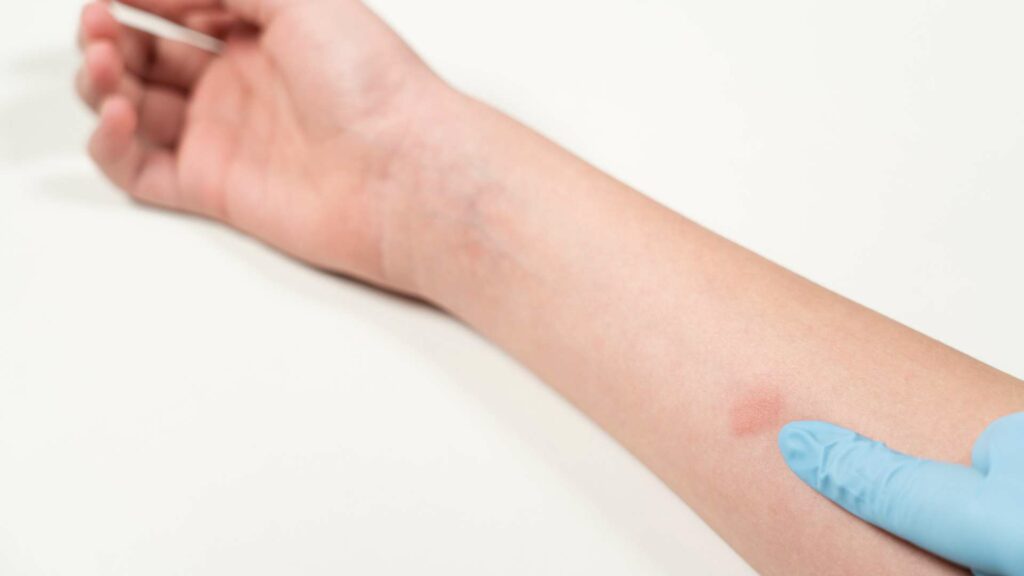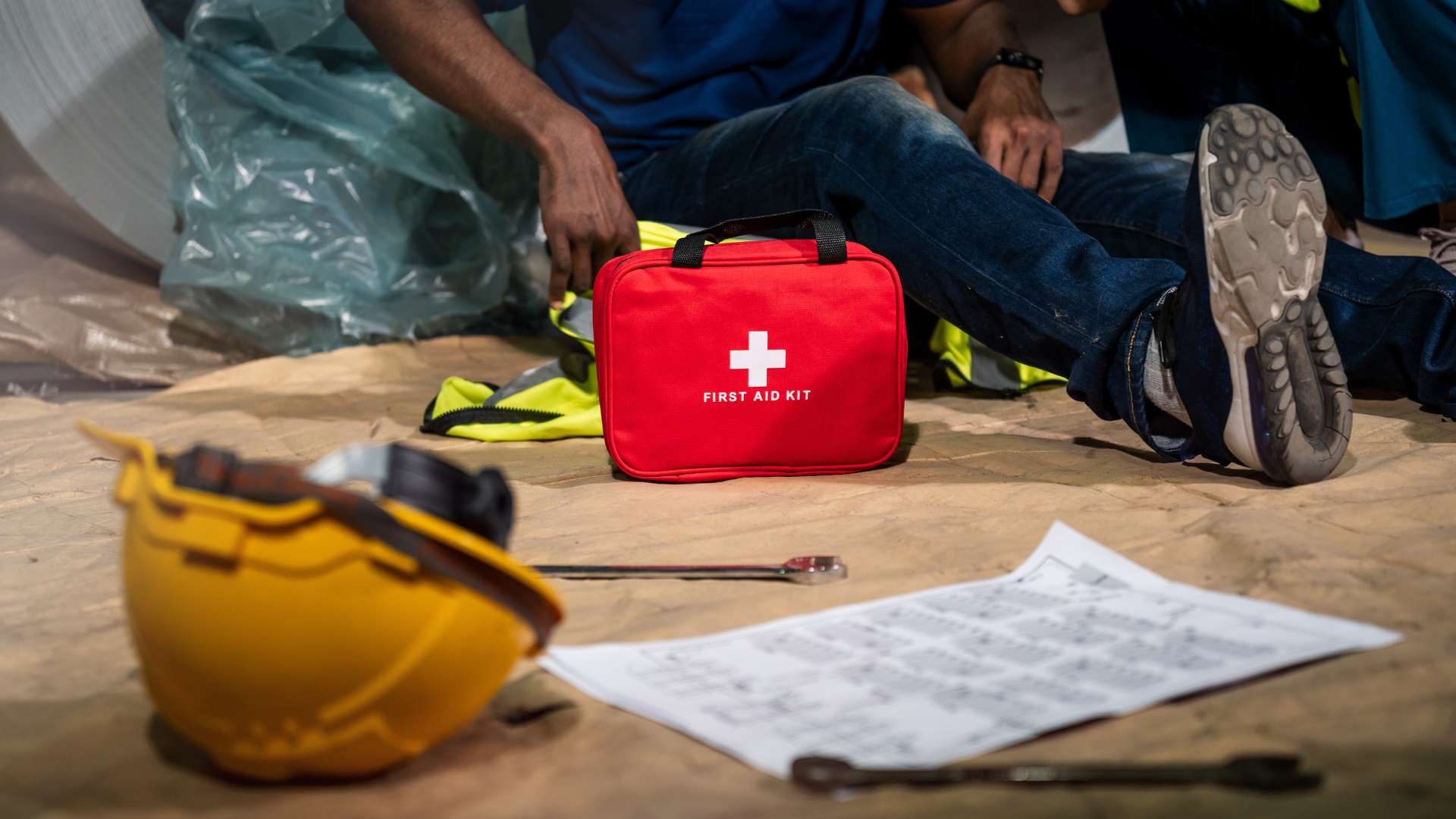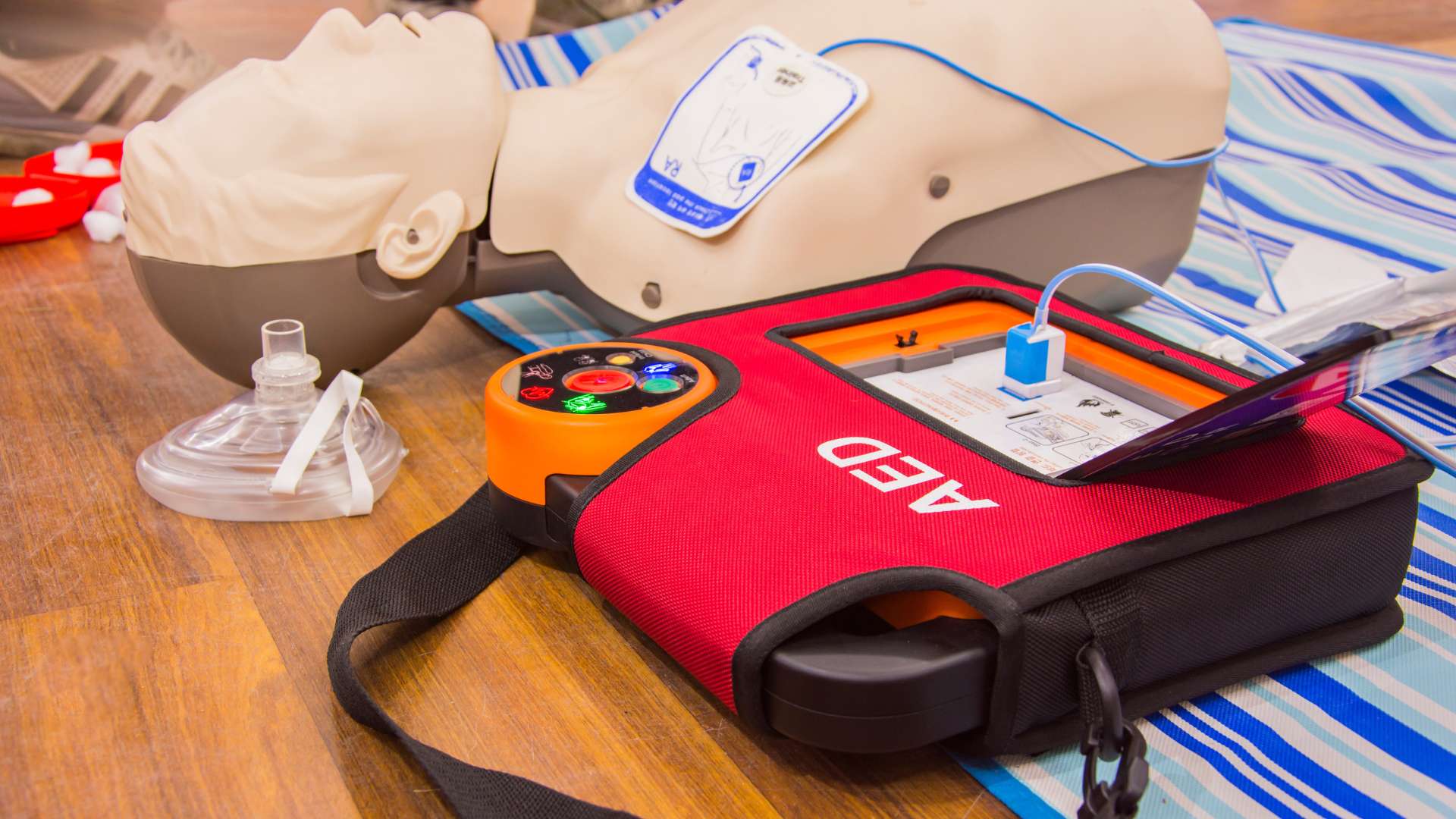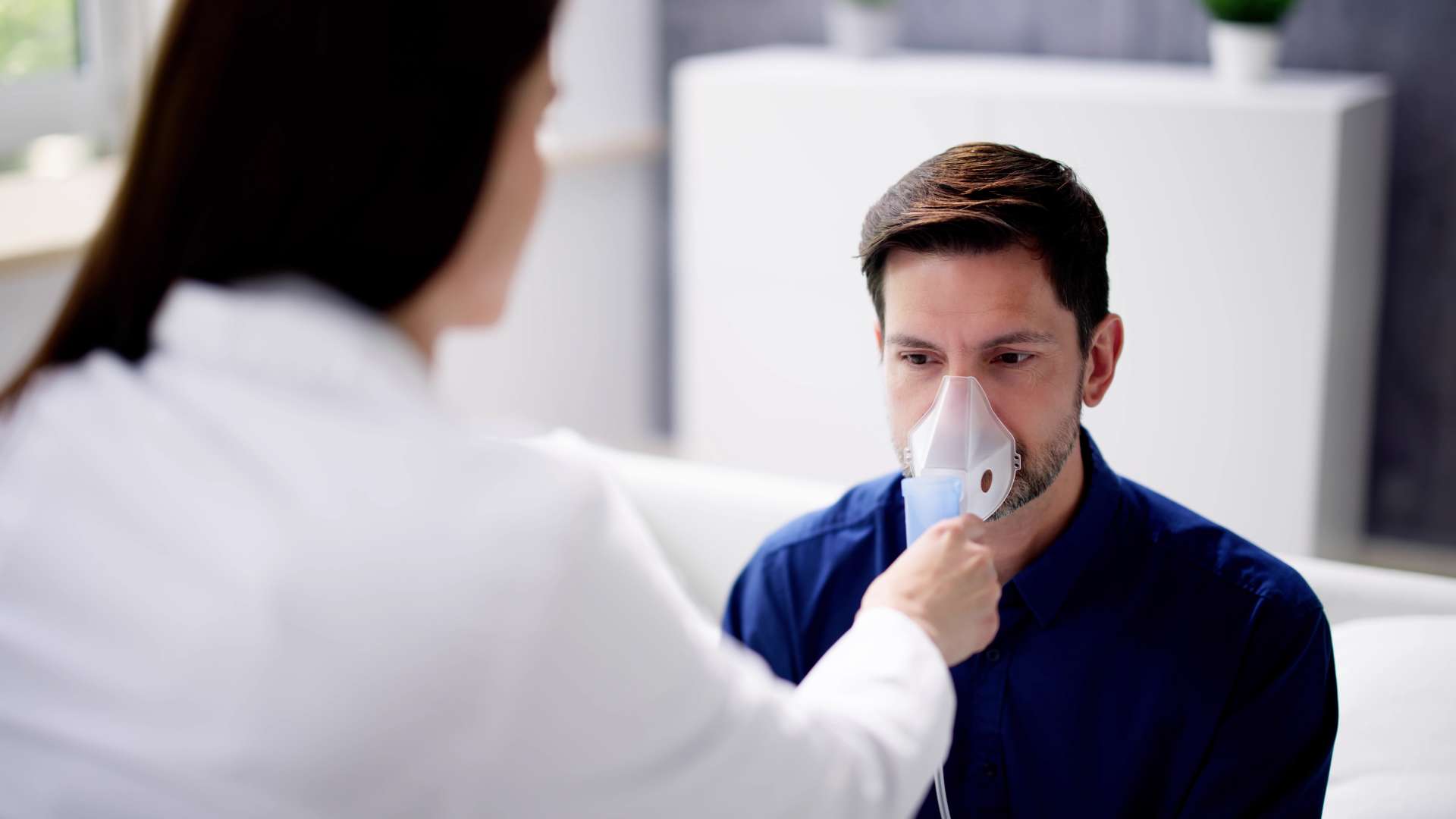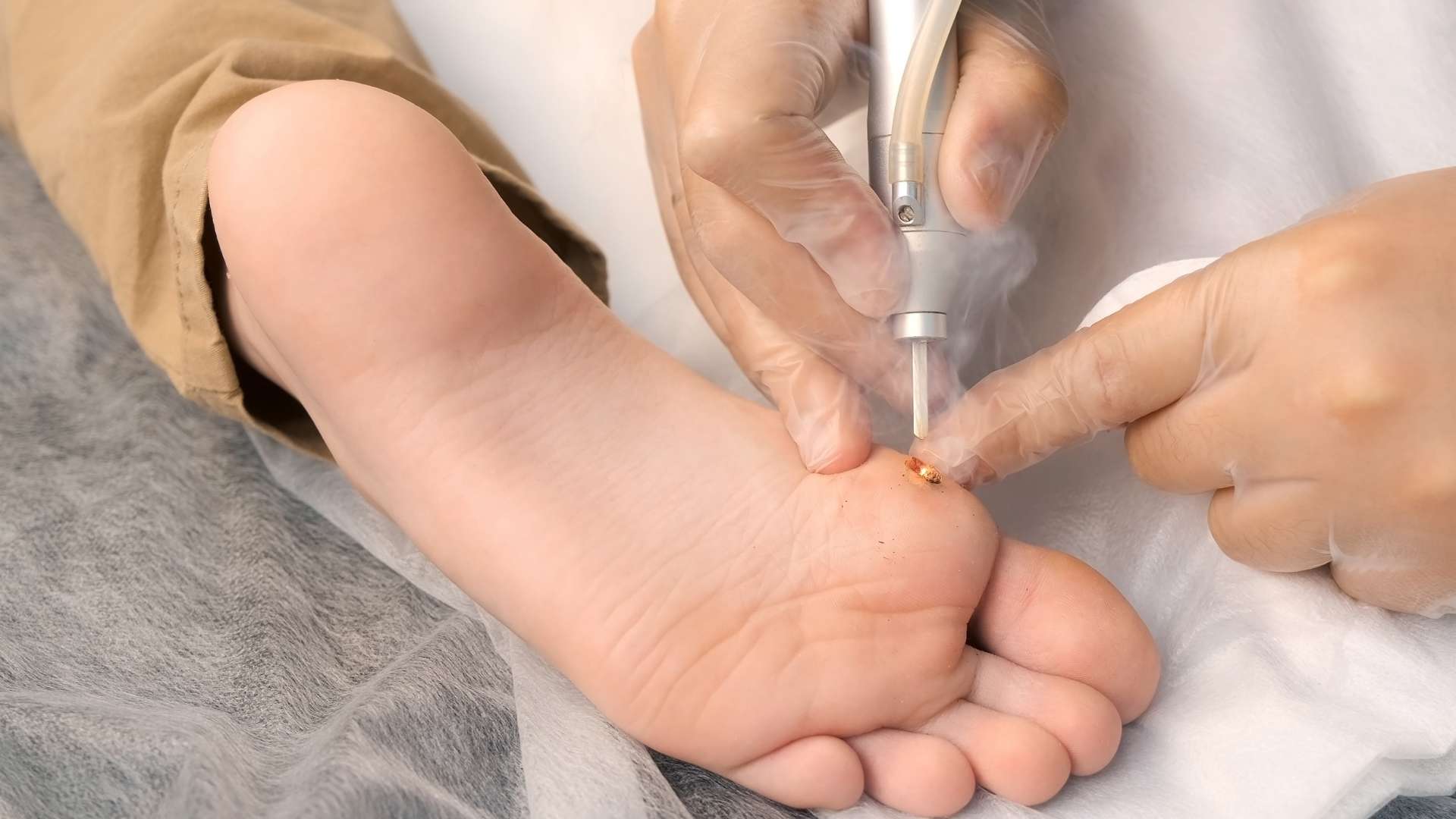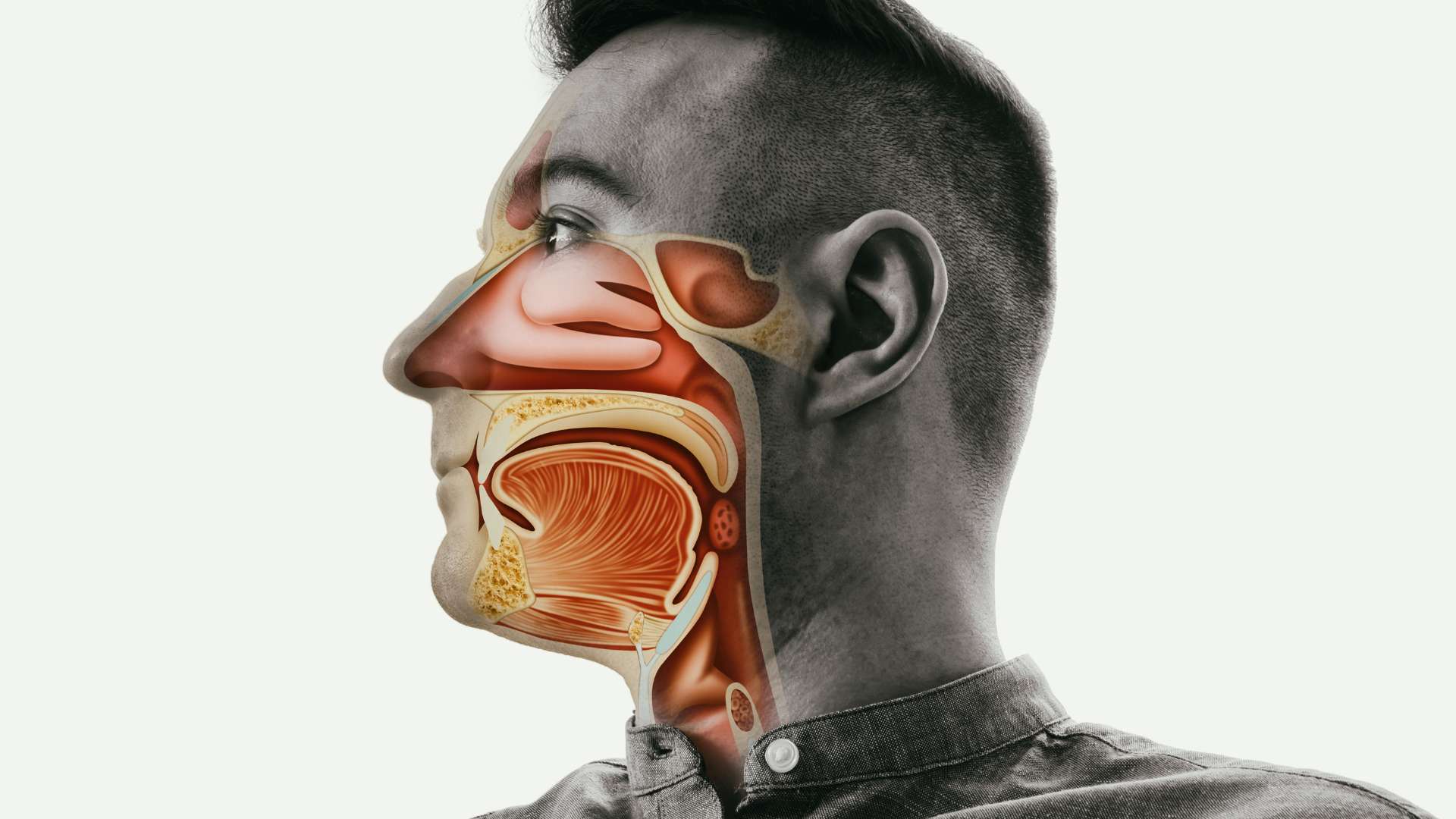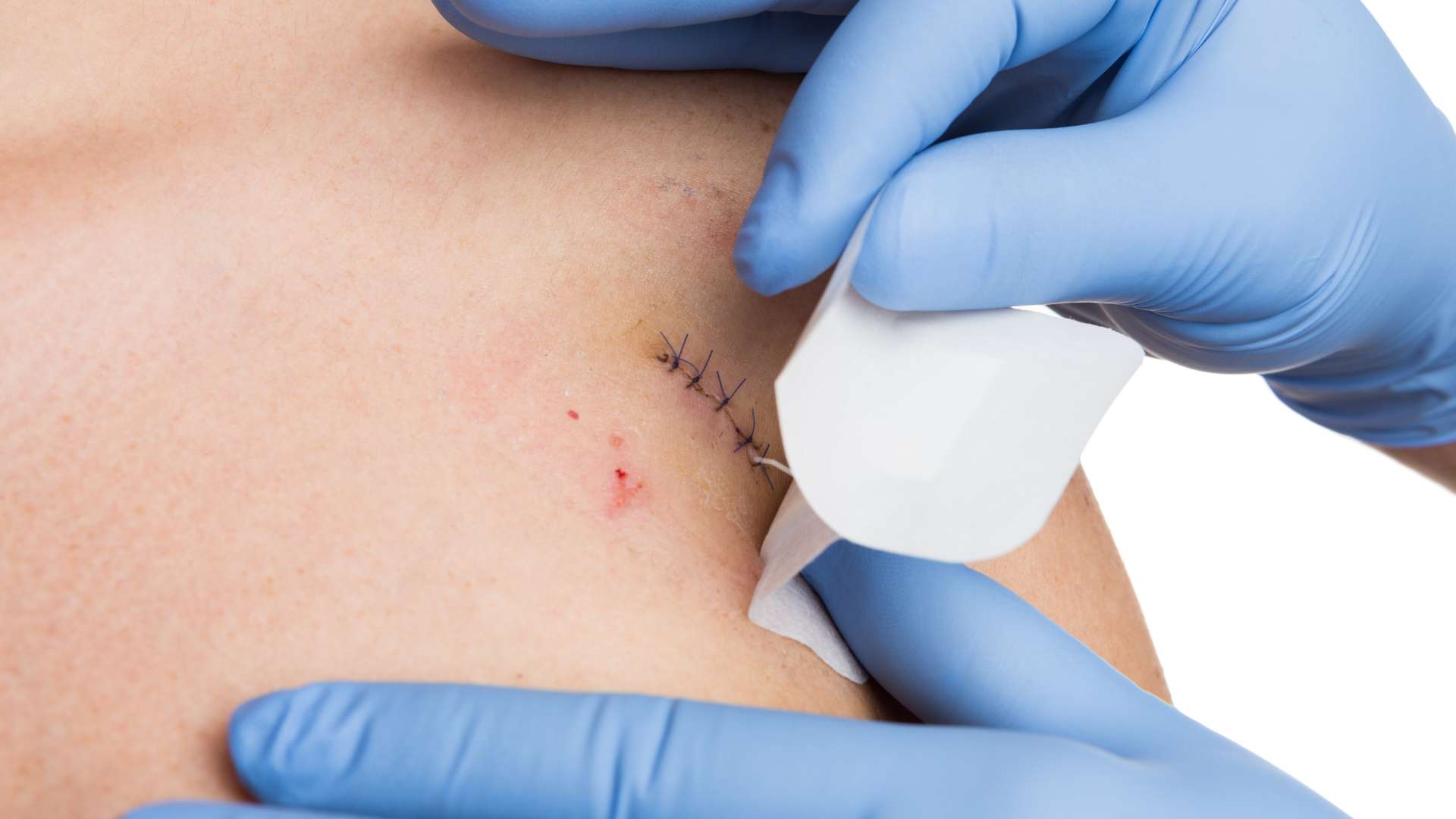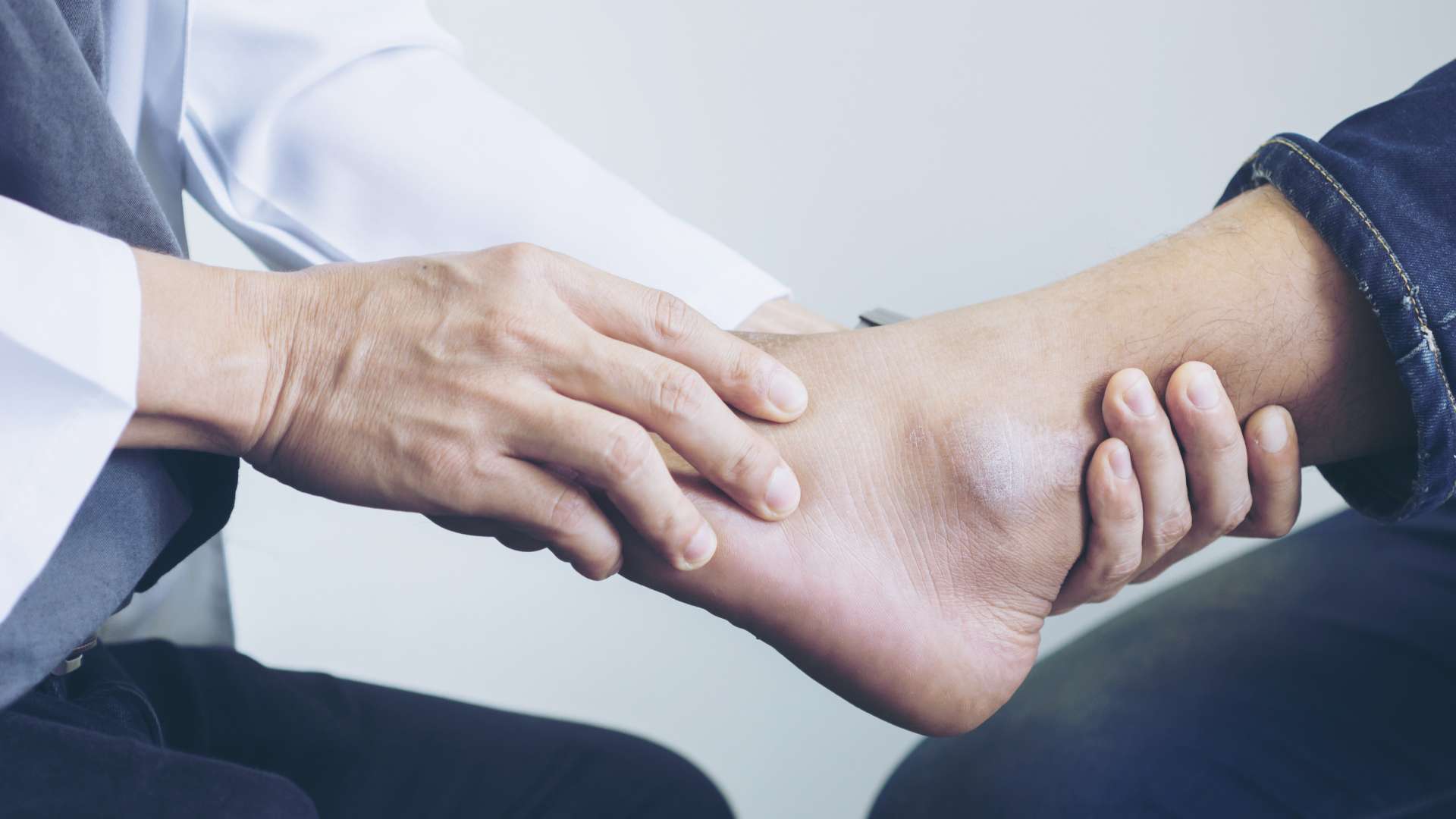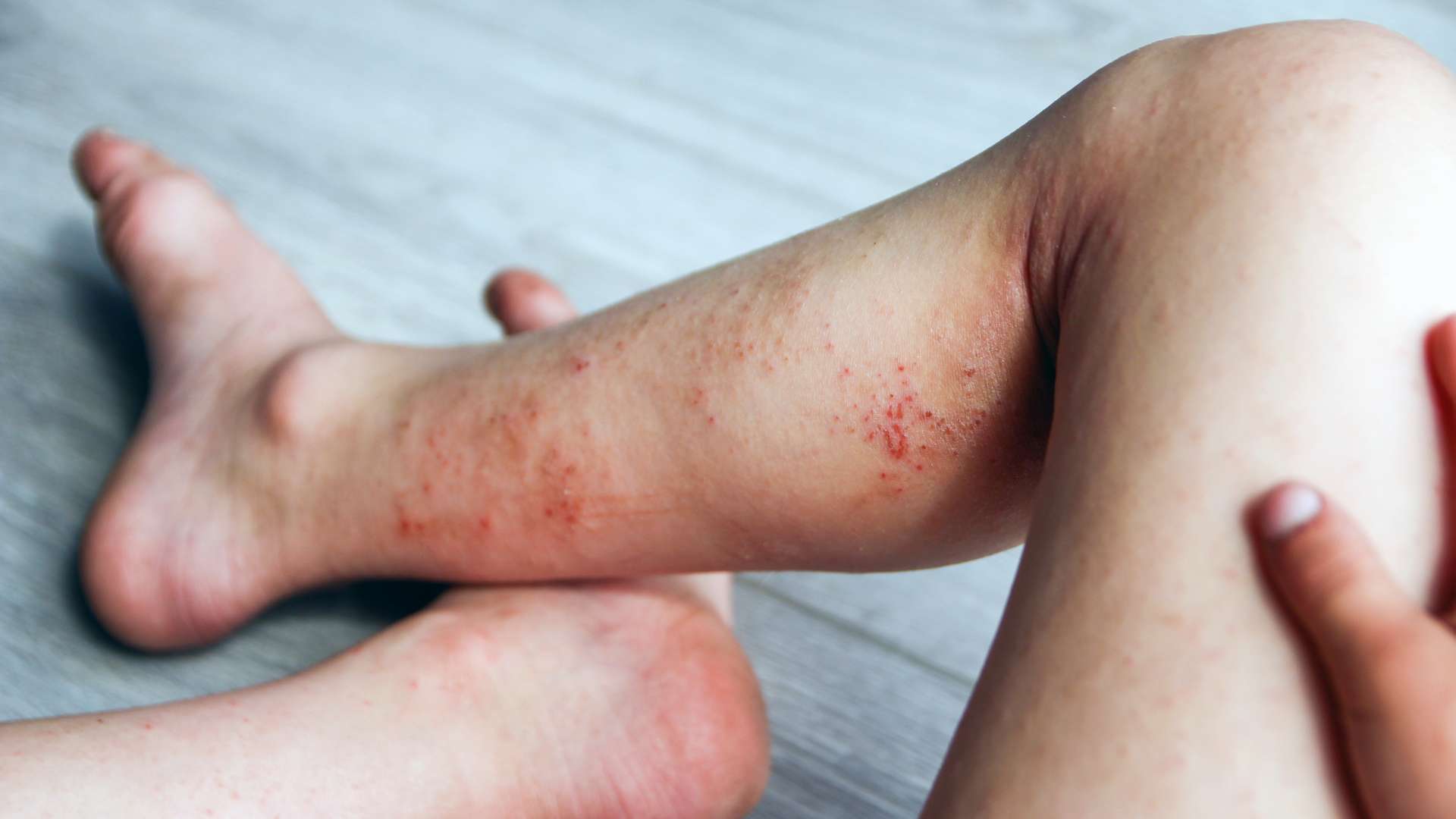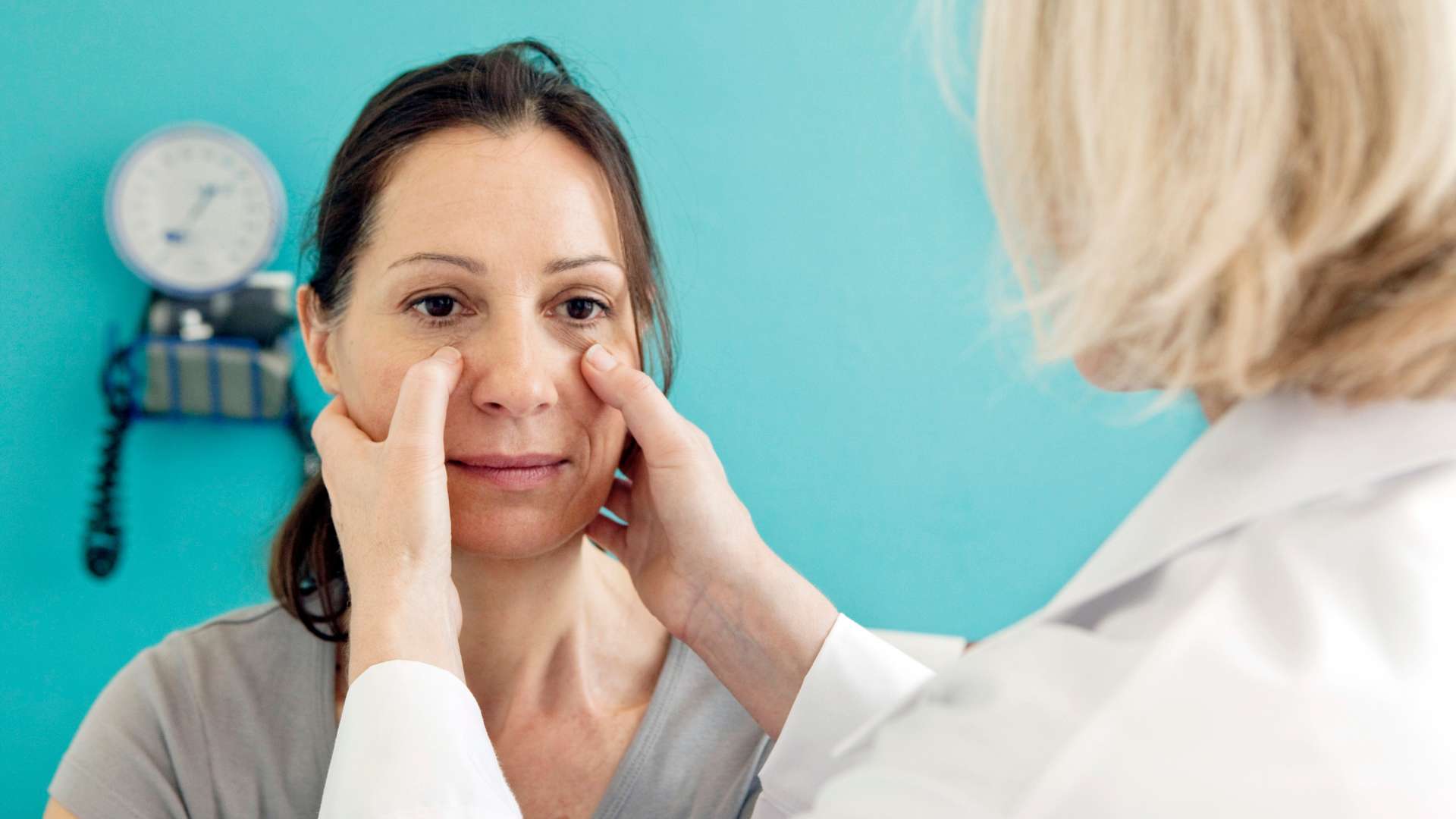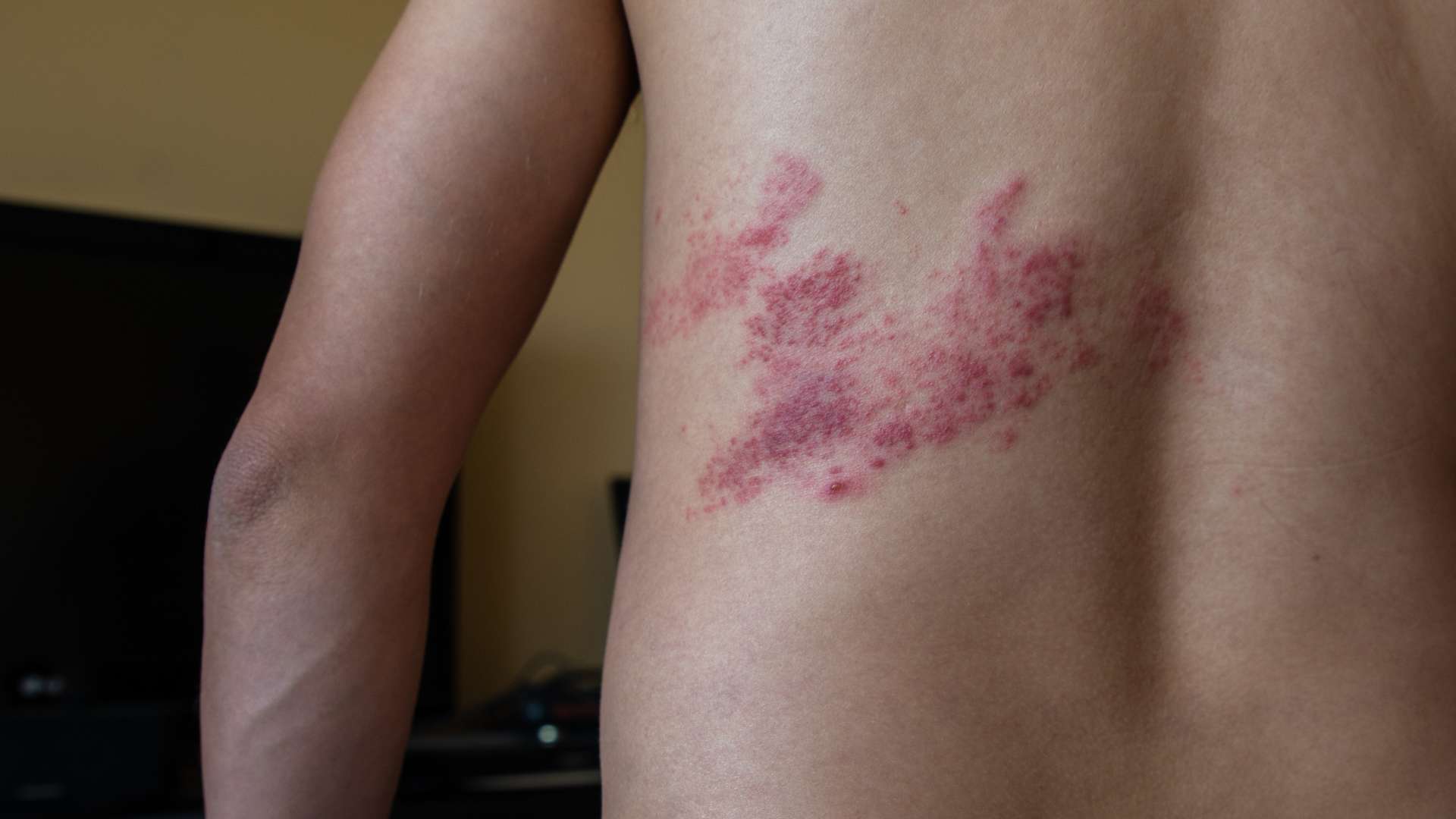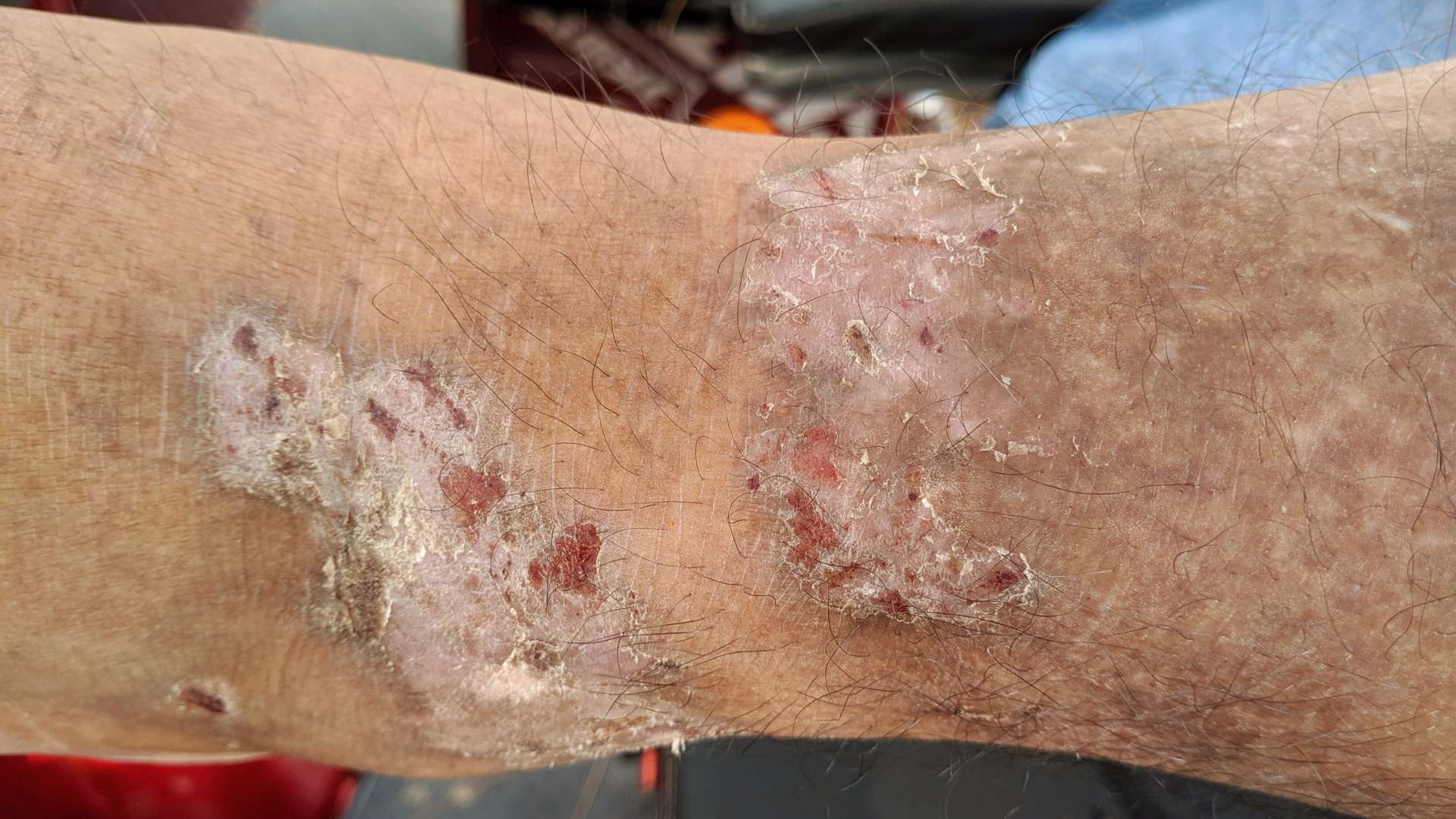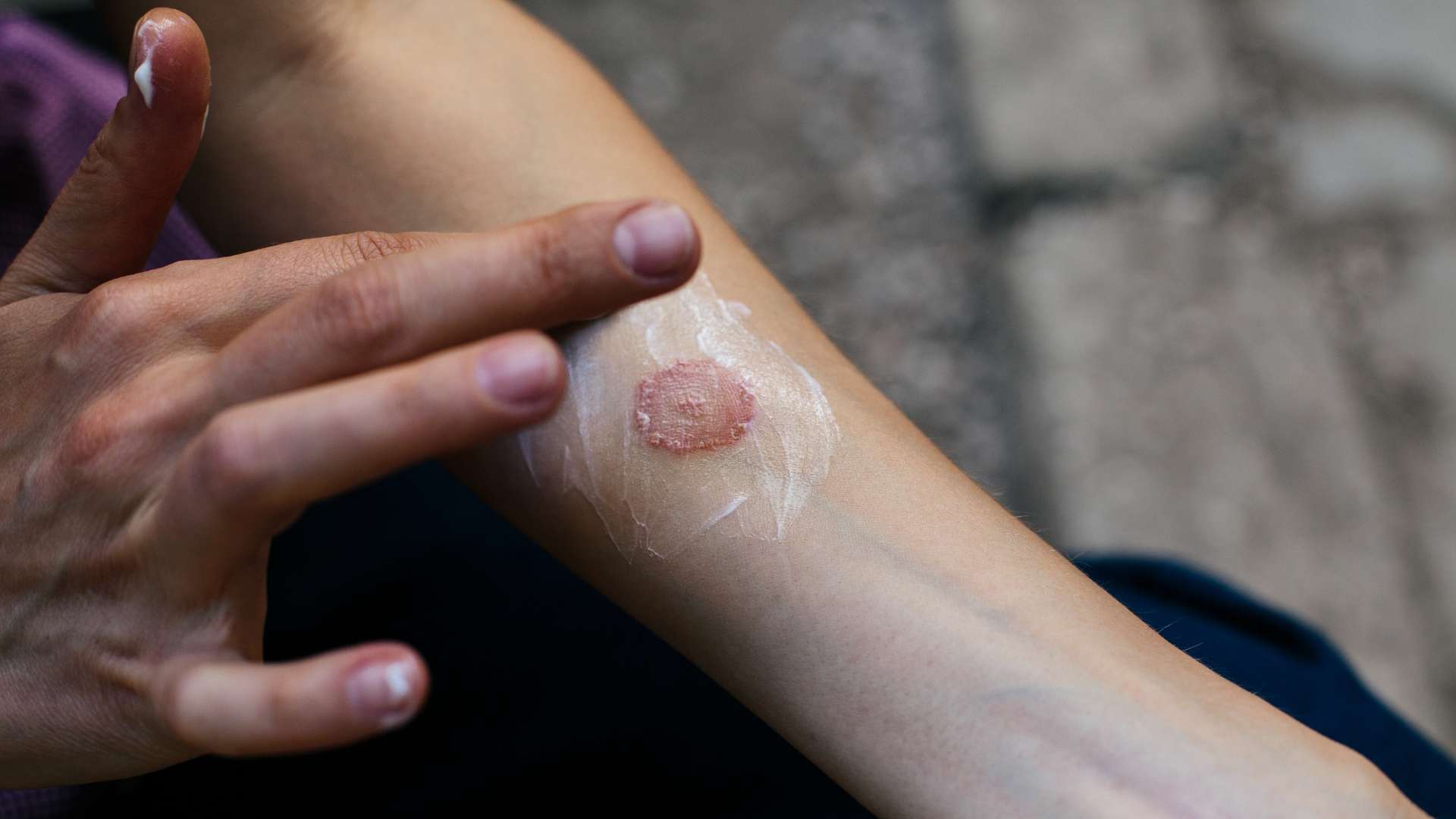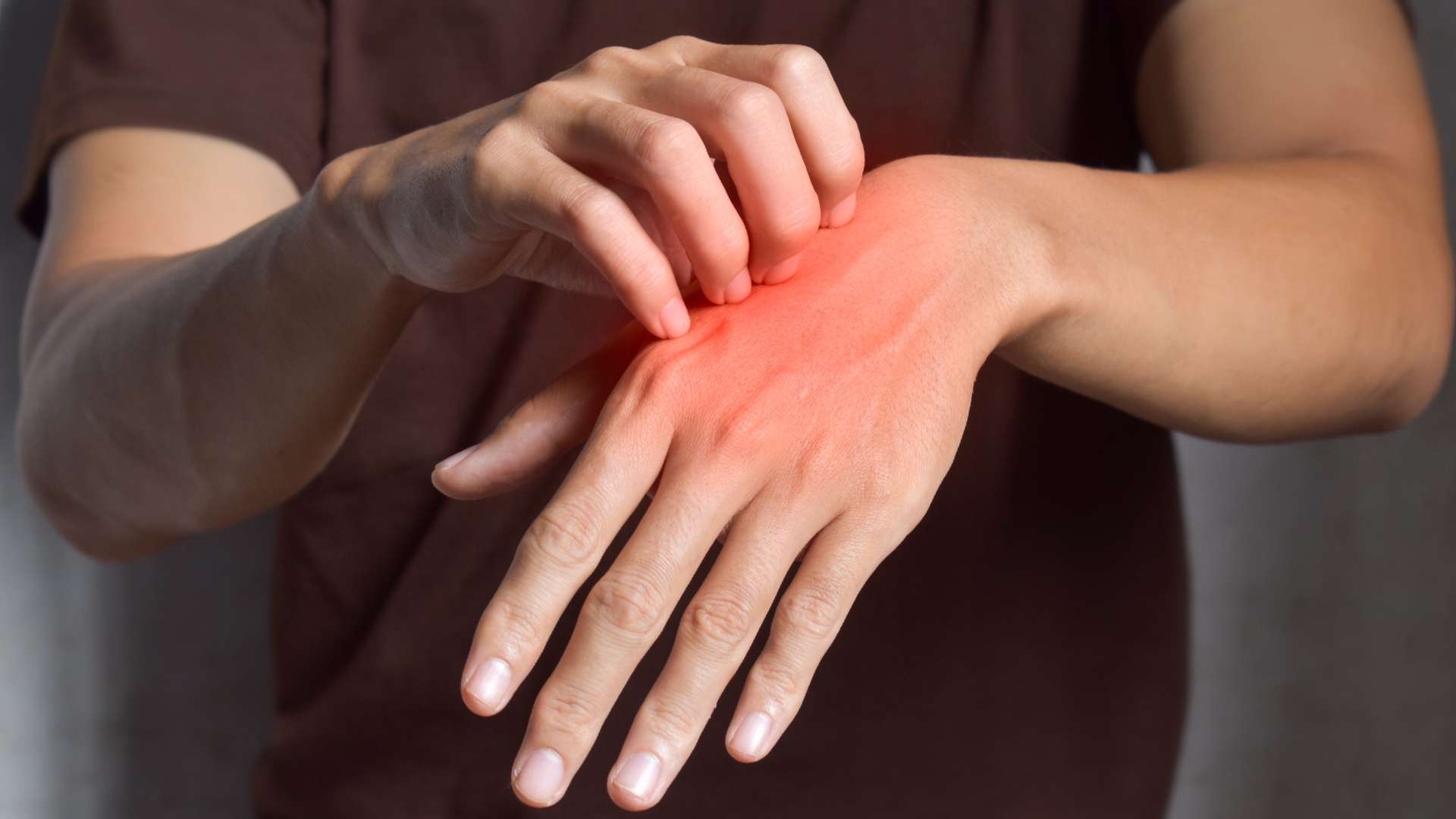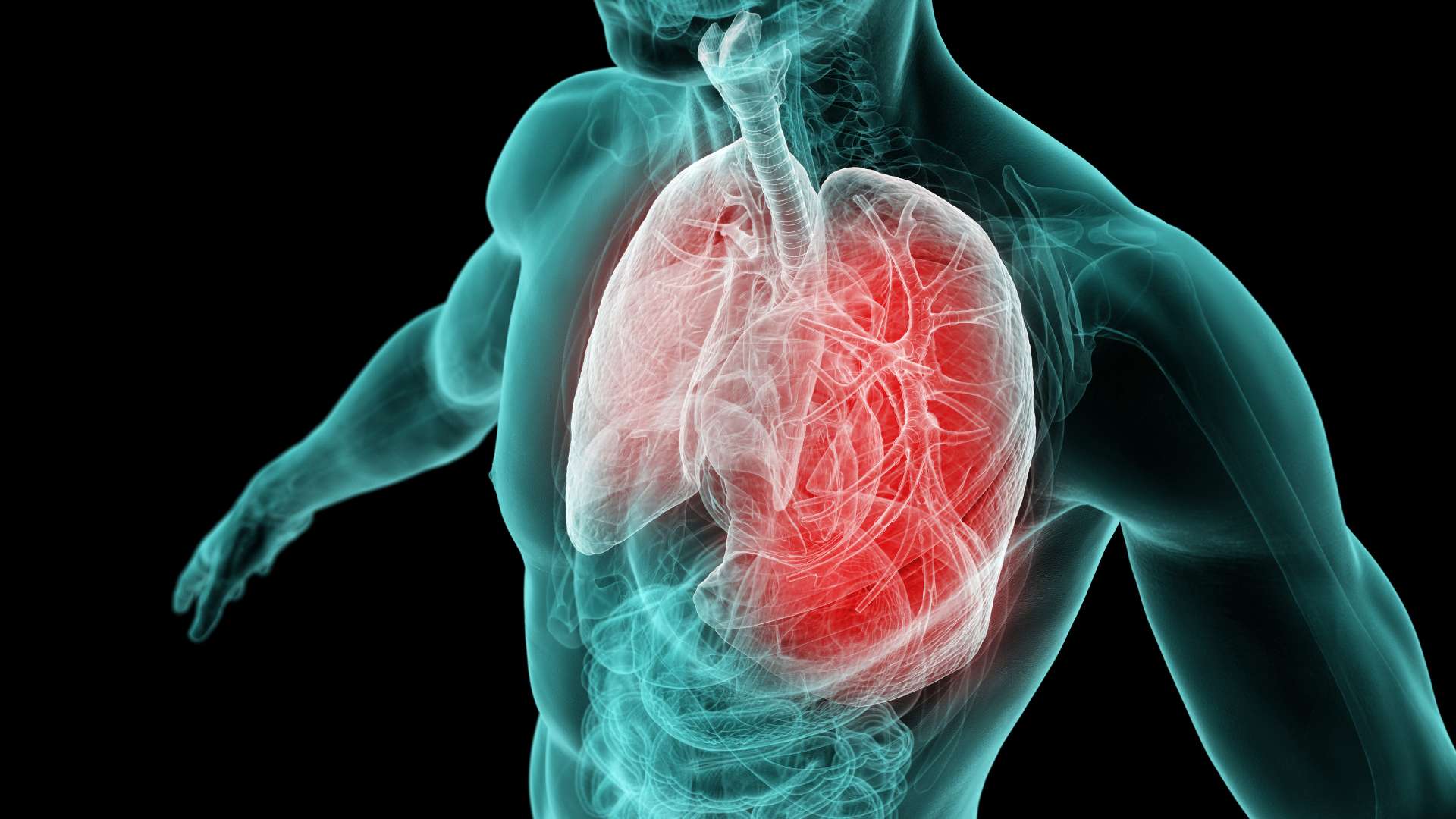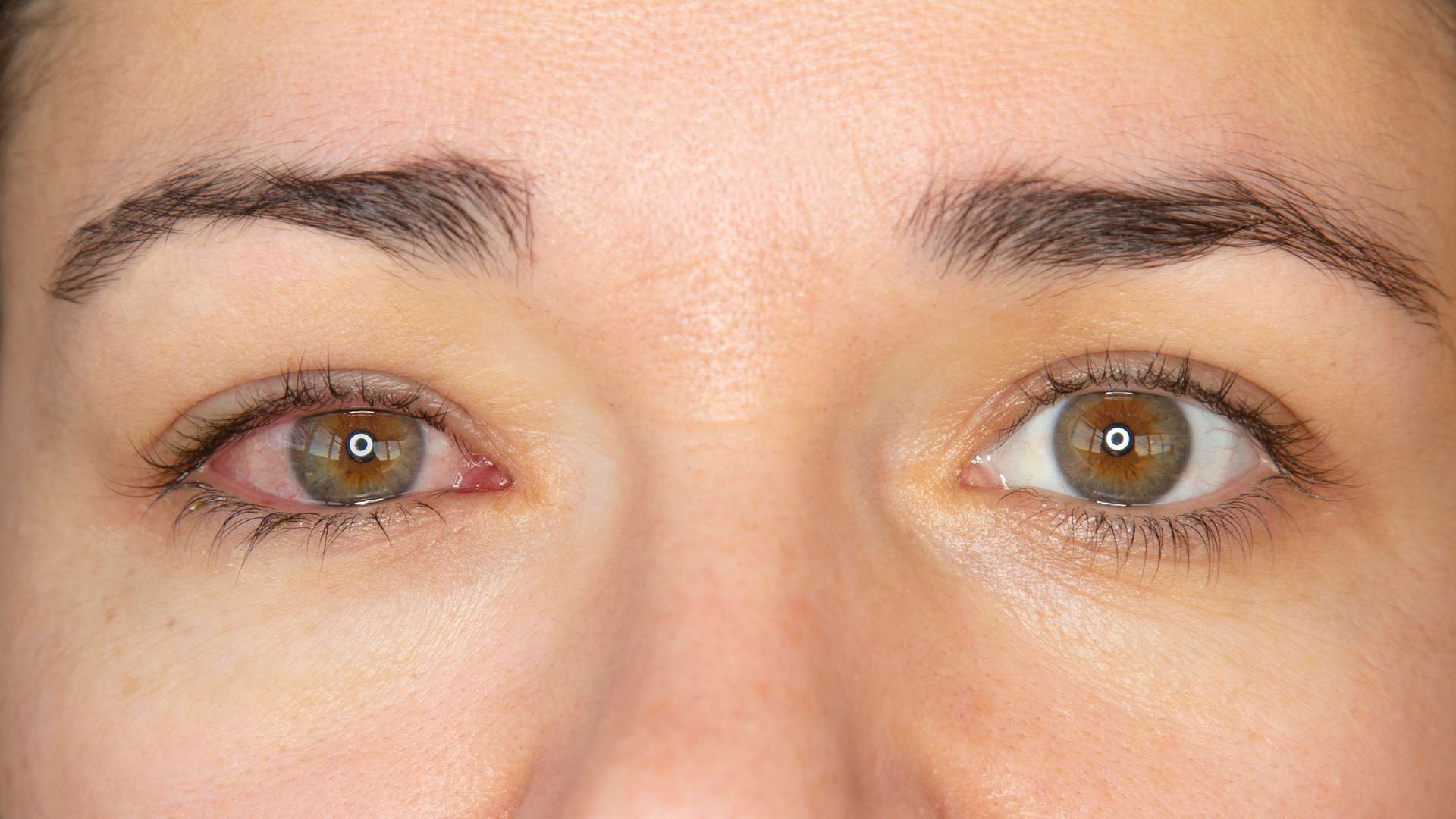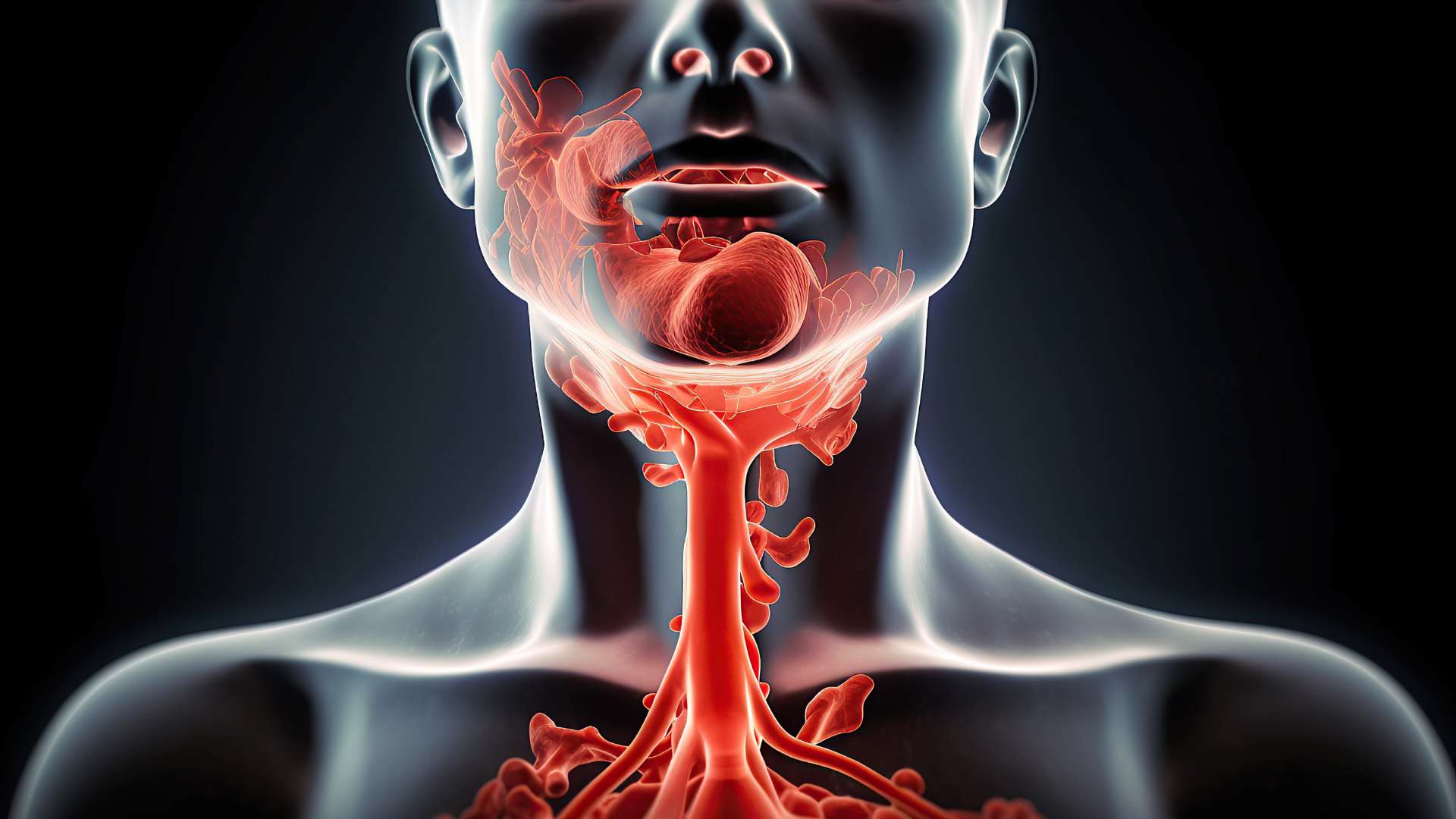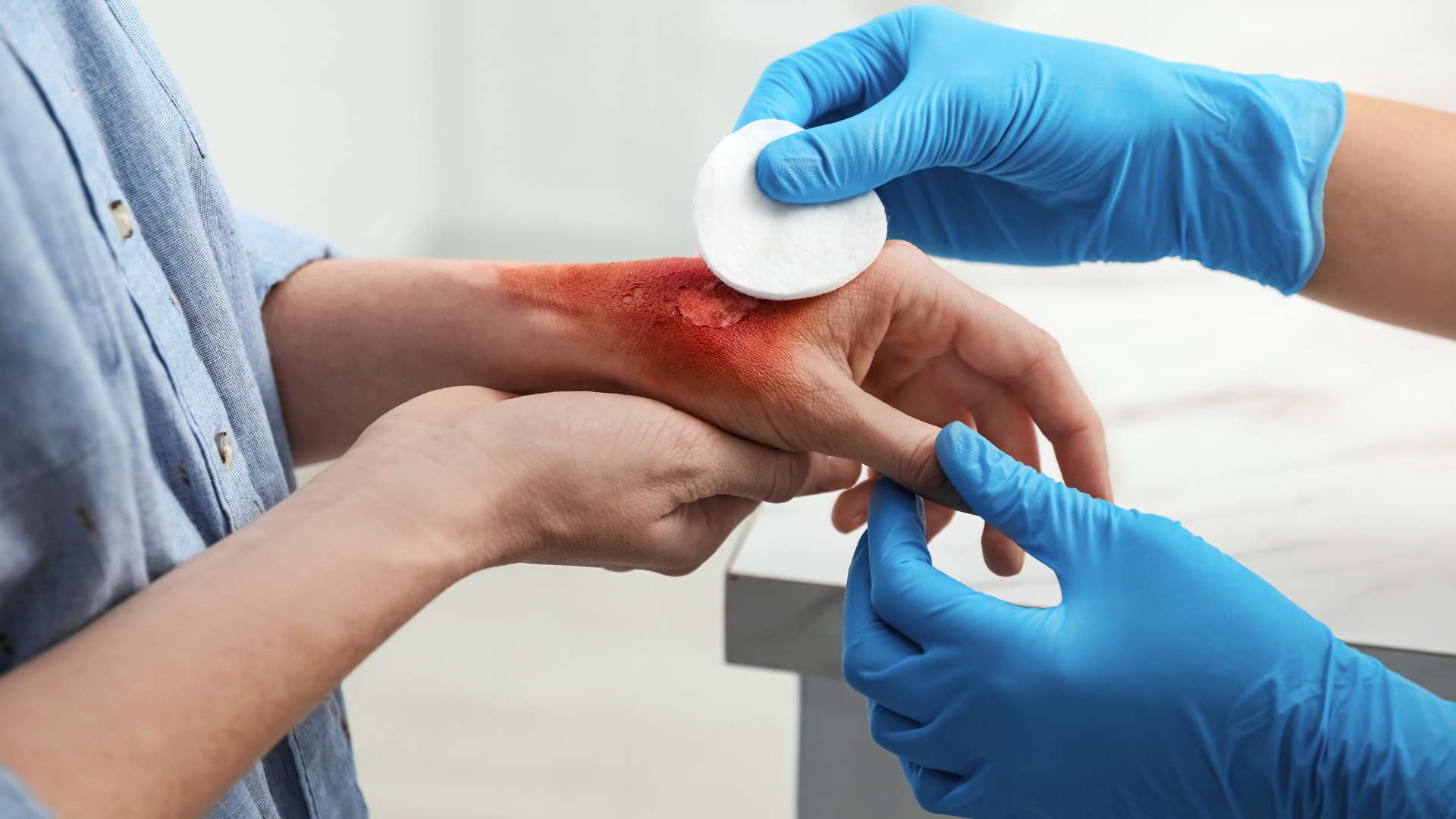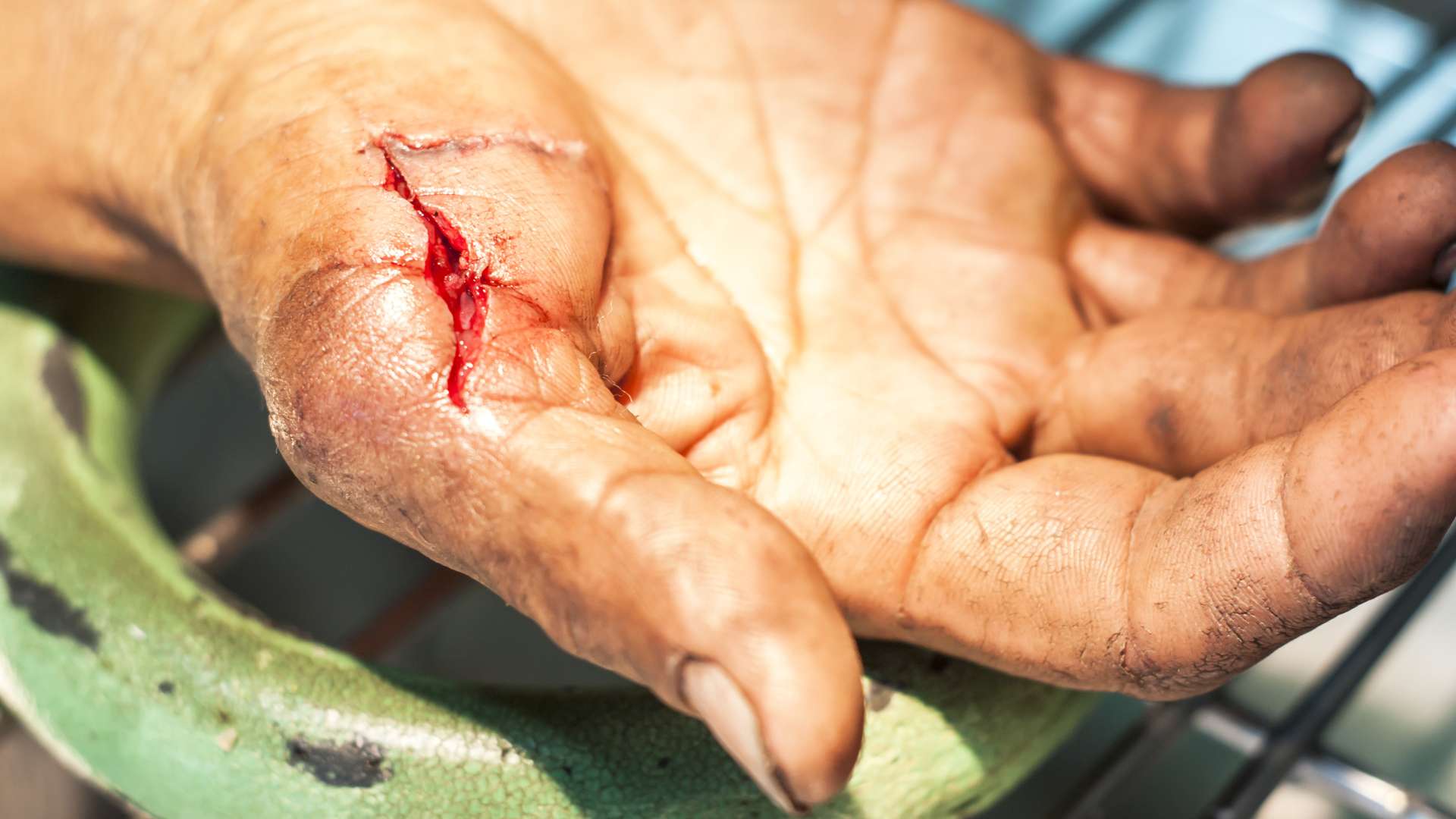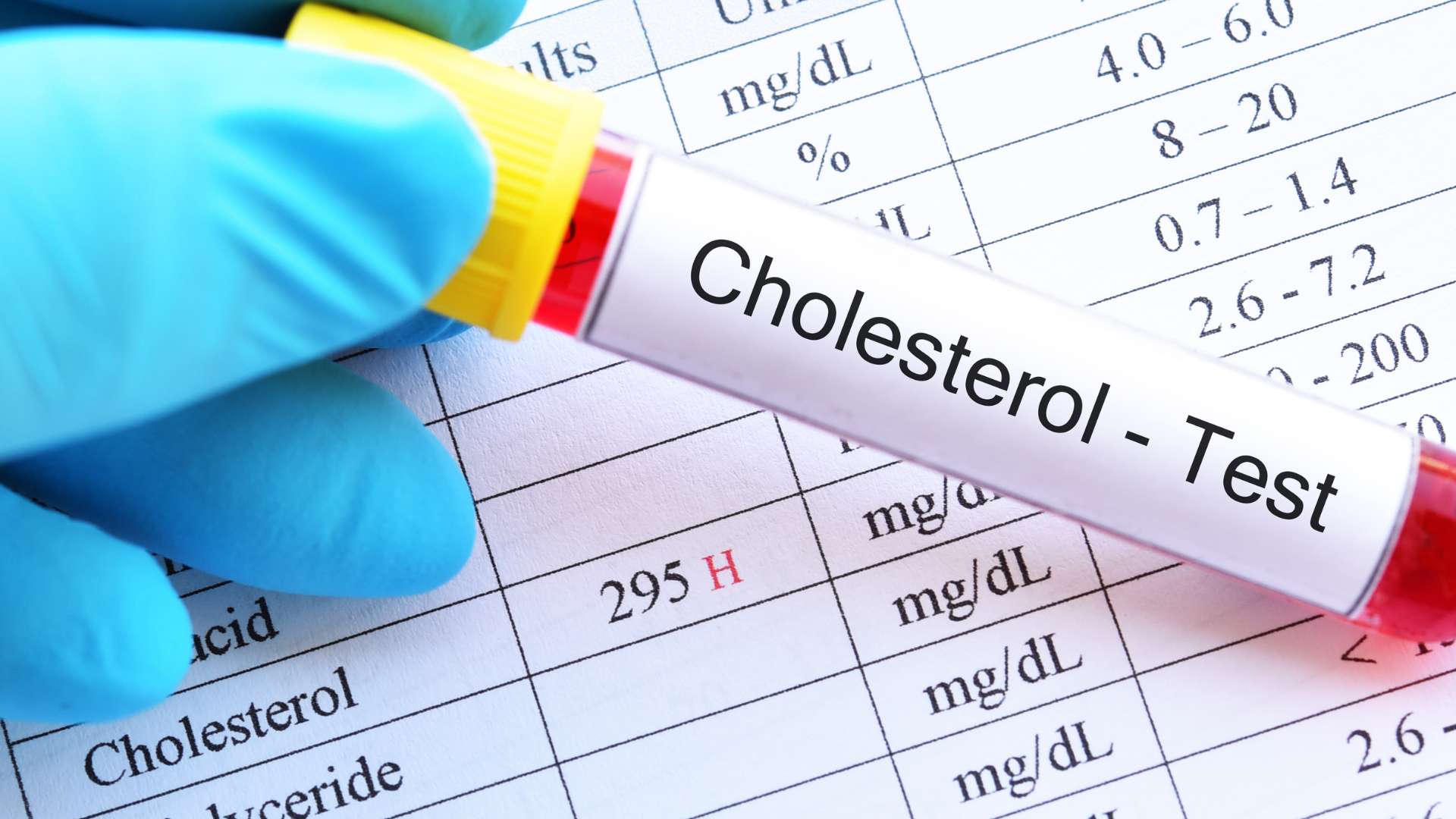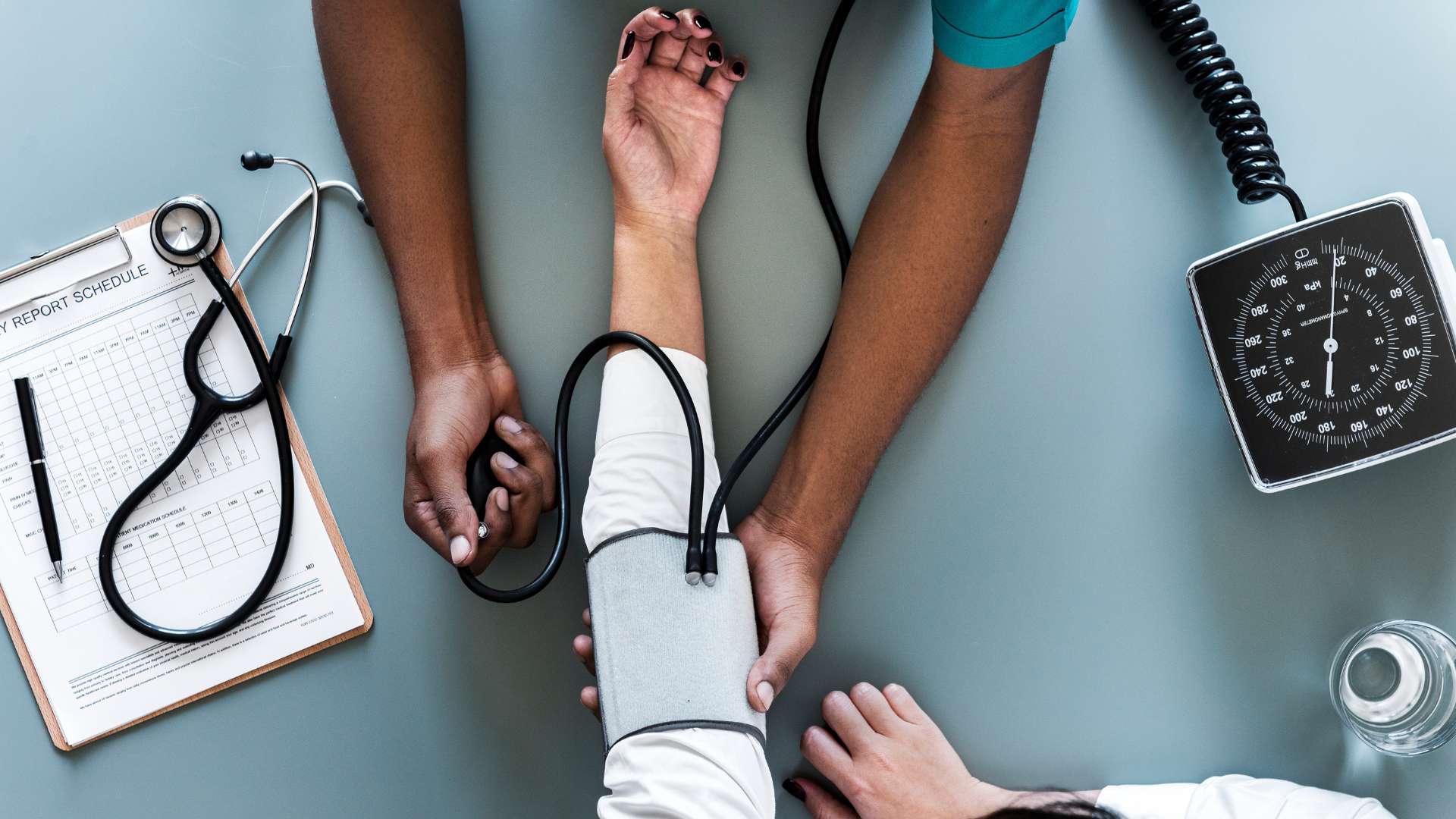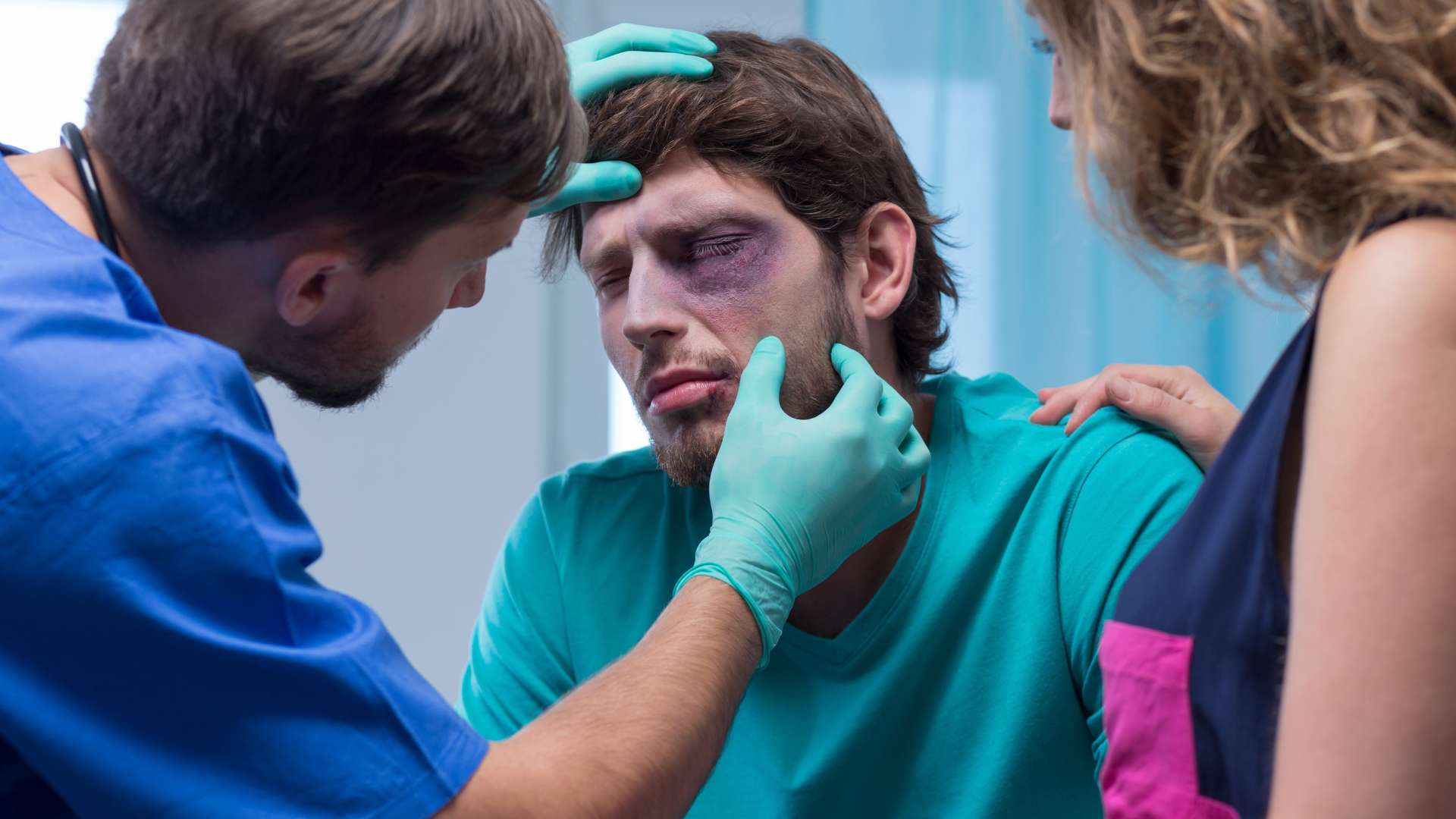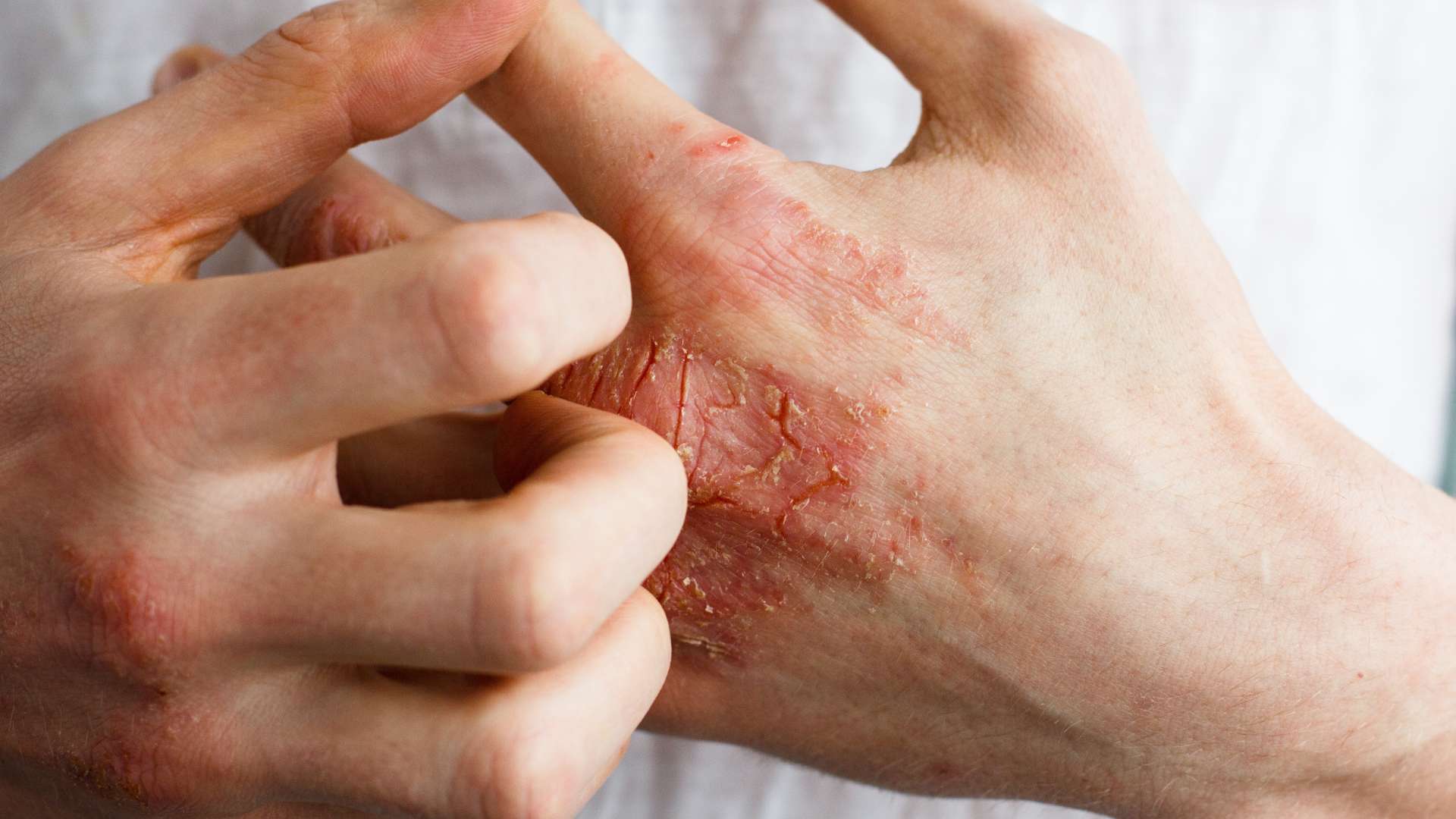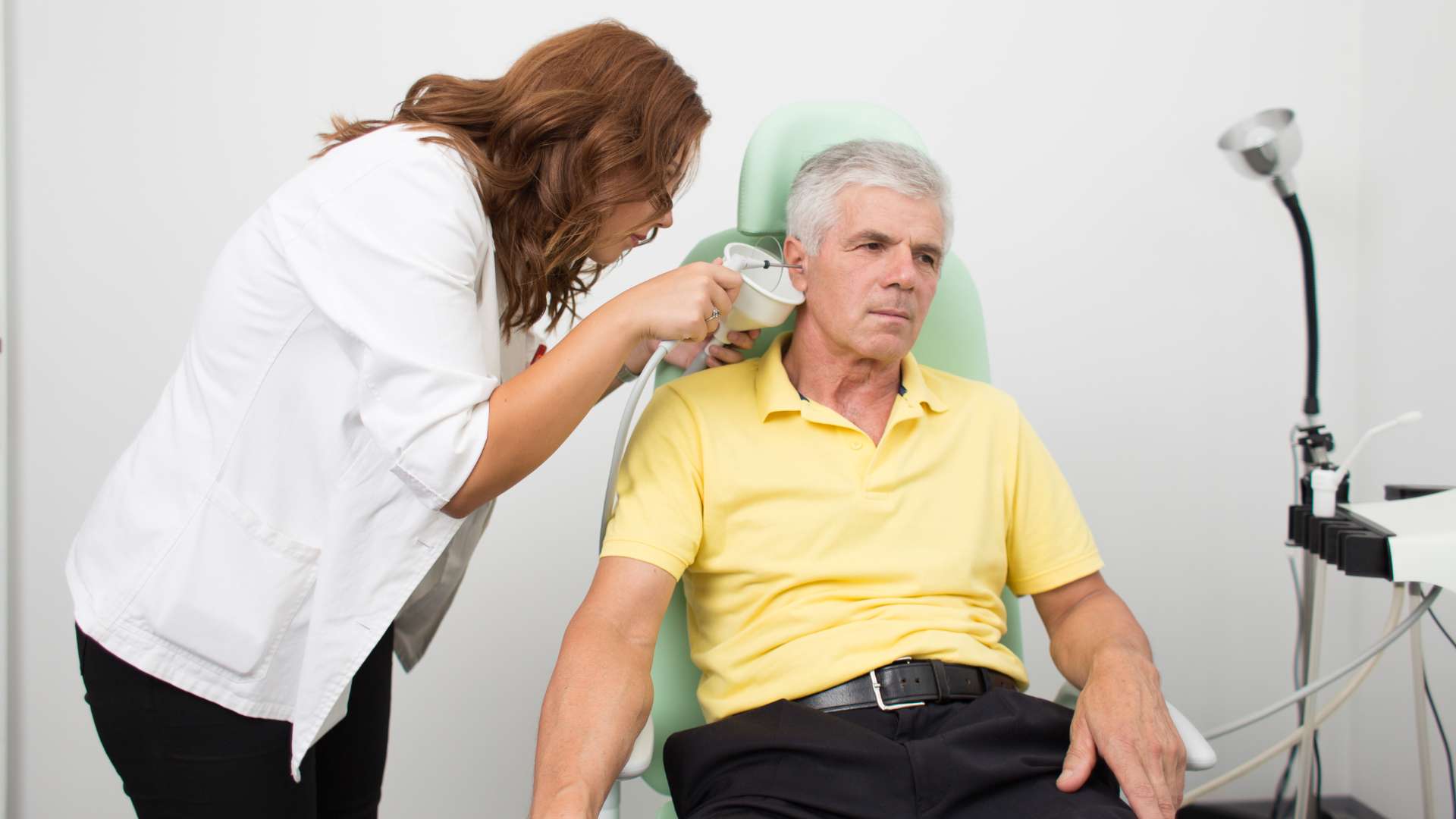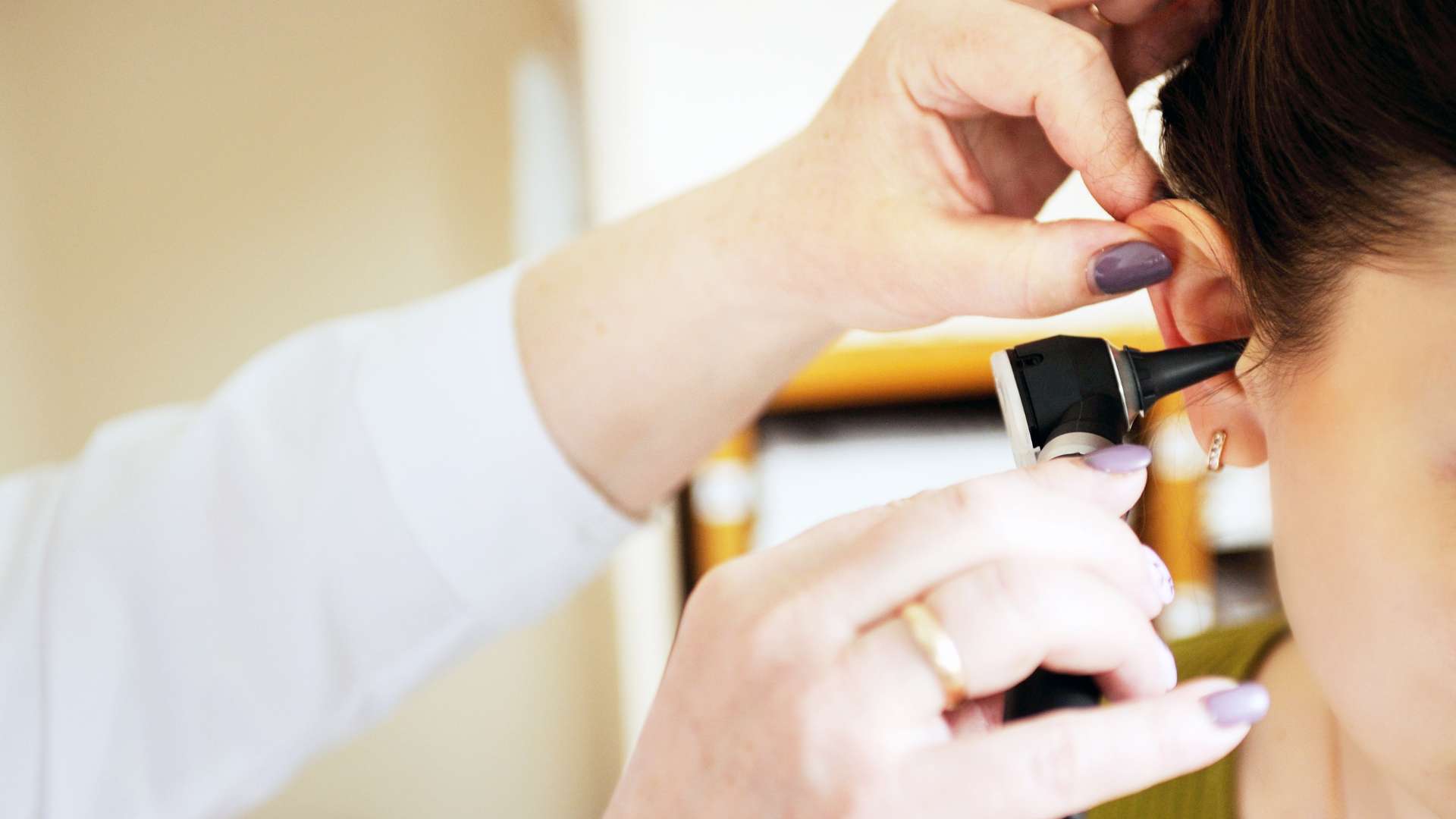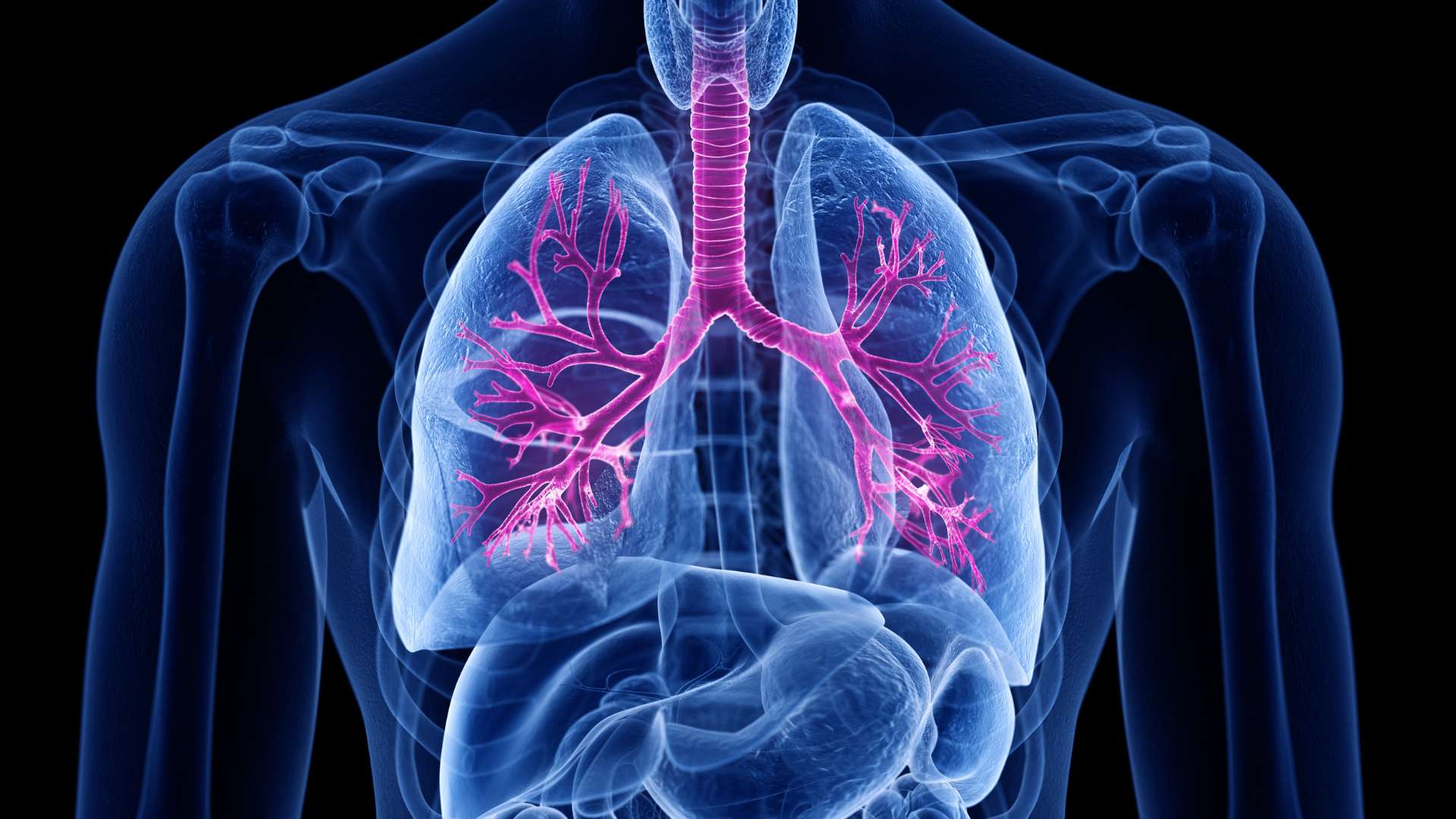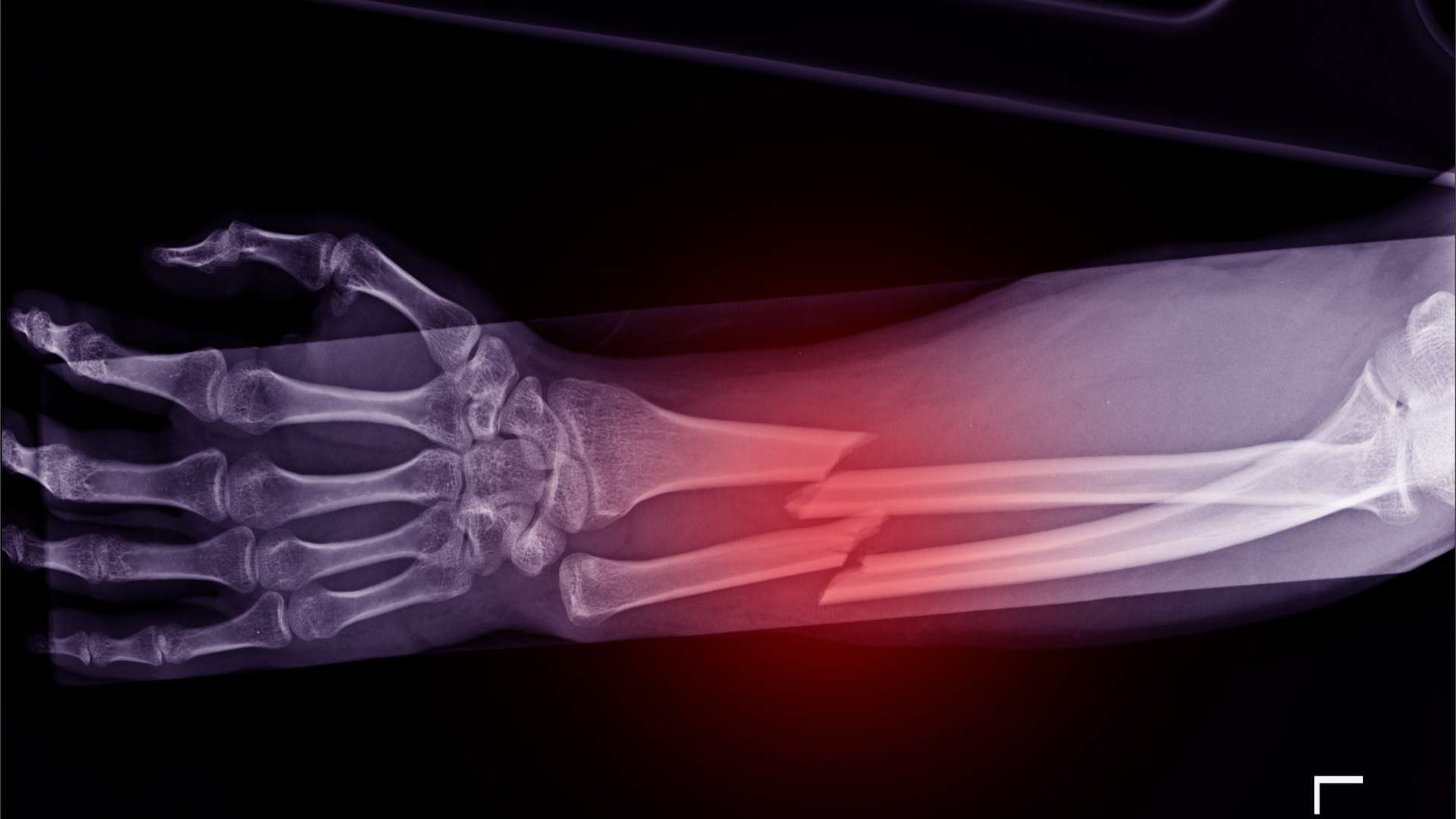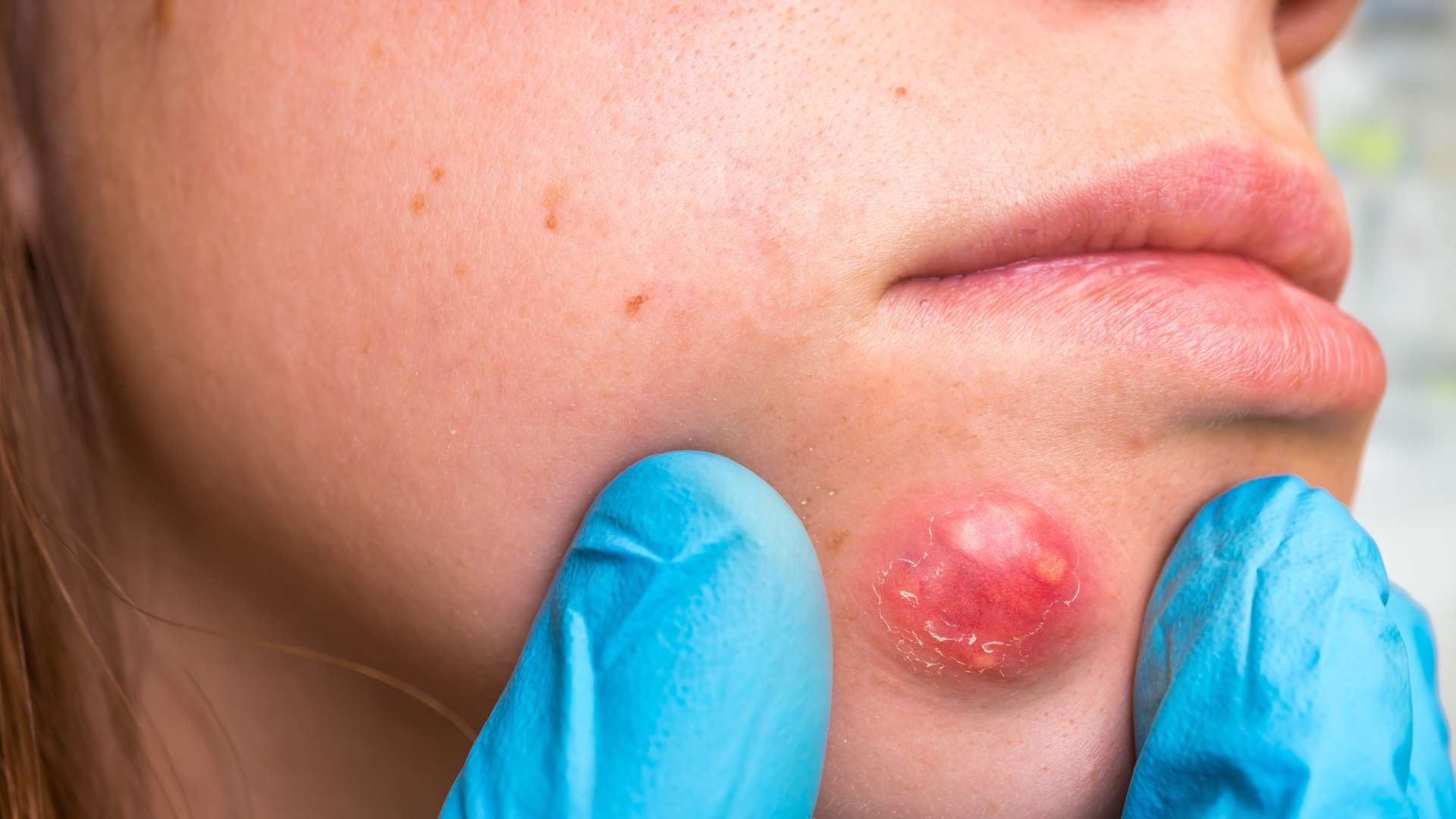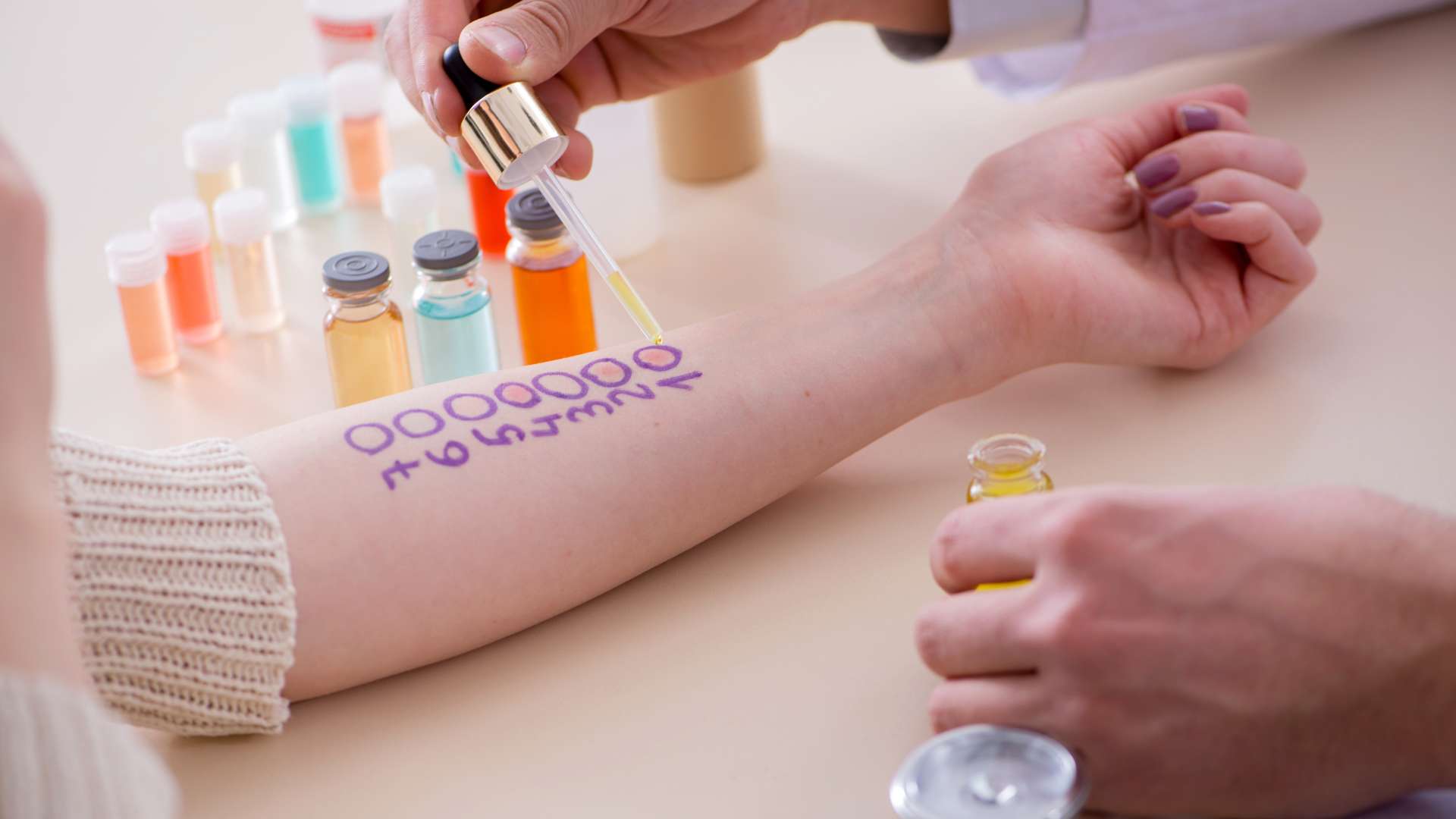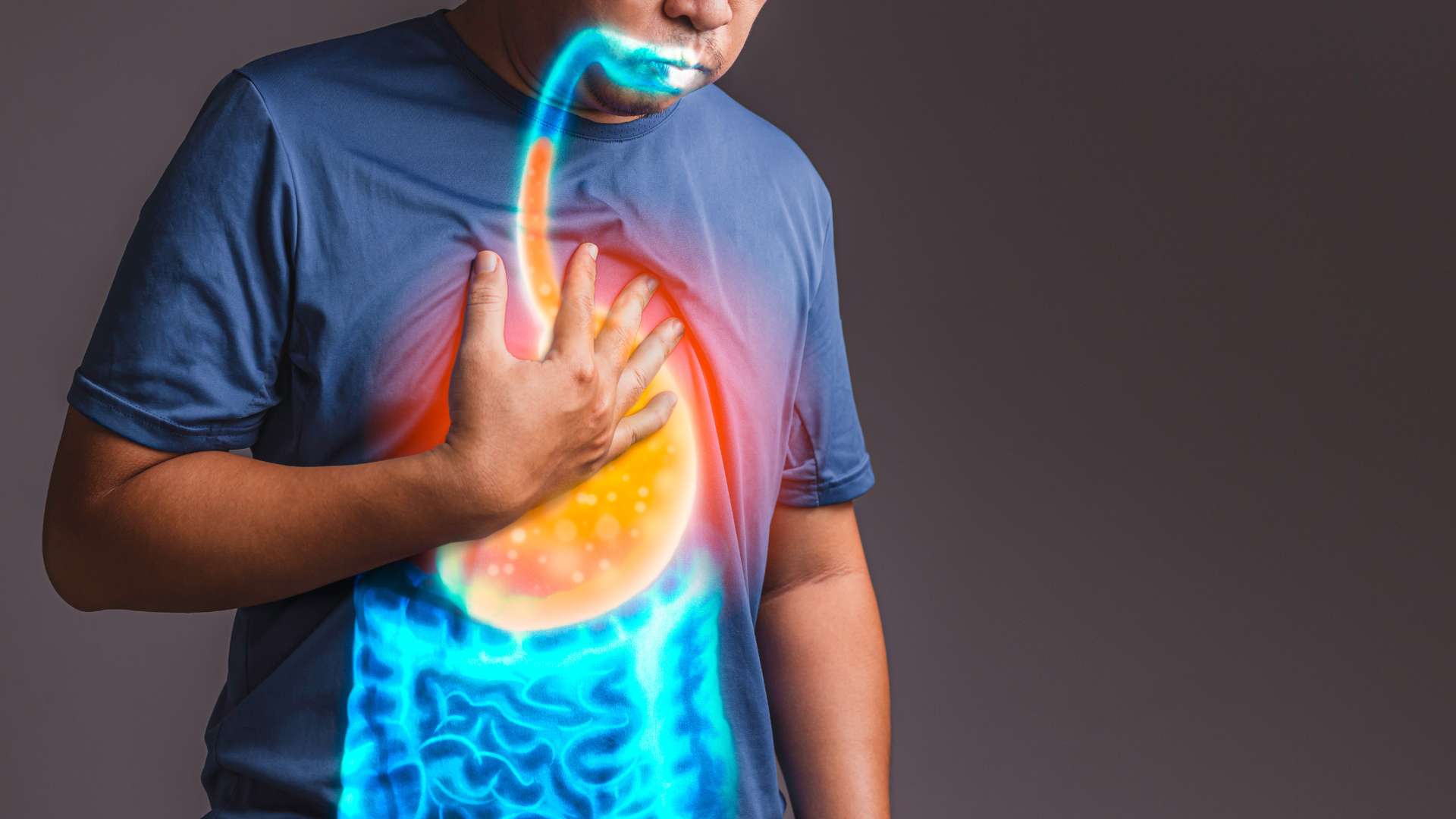Occupational Health Services created this comprehensive guide to help people understand what a TB Skin Test is, explore the various testing methods, discuss the significance of the results, and highlight its importance in various occupational fields.
Defining TB Skin Test
The TB Skin Test, also known as the Mantoux tuberculin skin test, is a diagnostic tool used to determine whether a person has been exposed to the bacteria that cause tuberculosis (TB). It assesses the immune system’s reaction to the TB antigens.
Testing for TB
There are four main methods of administering the TB Skin Test:
Mantoux Method: A small amount of tuberculin purified protein derivative (PPD) is injected just under the skin of the forearm.
Two-Step Method: When initial test results are negative, a second test is given 1 to 3 weeks later to confirm the absence of TB infection.
Multiple Puncture Method: Several small punctures are made on the forearm, and PPD is applied to each puncture.
Intradermal Method: The PPD is injected into the top layer of the skin, creating a small blister.
What a TB Skin Test Reveals
A positive reaction to the TB Skin Test indicates that the individual has been exposed to TB bacteria. It does not confirm active TB disease but suggests latent TB infection, which means the bacteria are dormant in the body.
TB Test Results
If the TB Skin Test result is positive, further evaluation is required, which may include chest X-rays and sputum tests. Treatment for latent TB infection can be prescribed to prevent the development of active TB disease.
Why TB Skin Tests are Used
TB Skin Tests are used as a screening tool to identify individuals who may be carrying latent TB infection, especially in high-risk populations, such as healthcare workers, first responders, and individuals working in close quarters.
TB Skin Tests in Various Occupations
Various occupational fields, such as healthcare, education, and correctional facilities, may require employees to undergo TB Skin Testing due to the higher likelihood of exposure to TB.
Benefits for Employees and Employers
For Employees:
Early Detection: TB Skin Tests can identify latent TB infection early, allowing timely treatment to prevent active TB disease.
Peace of Mind: Employees can have confidence in knowing their TB status and protecting their health.
For Employers:
Employee Safety: Identifying and treating TB infections can prevent the spread of the disease in the workplace.
Compliance: Ensuring employee compliance with TB screening and protecting the workplace from potential outbreaks.
Preventing TB Skin Tests through Training and Education
Proper training and education in infection control practices and TB prevention can help employees understand the significance of TB Skin Tests and minimize the risk of exposure.
Frequently Asked Questions about TB Skin Tests
1. Does a positive TB Skin Test mean I have active TB?
No, a positive result only indicates the presence of latent TB infection, not active TB disease.
2. Is the TB Skin Test painful?
The test involves a minor prick or injection; any discomfort is typically brief and minimal.
3. Can I receive the TB Skin Test if I have a history of TB vaccination?
Yes, the TB Skin Test is not affected by previous TB vaccinations.
Occupational Health Services is steadfast in safeguarding the health of your workforce. Contact us today to request an appointment and learn more about TB skin tests and their importance in maintaining a healthy and safe work environment. Our expert healthcare services and resources will support your employees’ well-being, ensuring a healthier and more productive workplace for your business.

